|
by Glenn C. Koenig, webmaster at Town Wide Mall Maynard, MA - A moving violation in a motor vehicle can get you a fine and perhaps an increase in you car insurance. A "non-moving" violation is more commonly known as, ... a parking violation. With the warm, rainy weather we've been having recently, it's easy to forget that it's already winter (well, meteorological winter, actually, which starts on December 1st, not on the equinox, Dec 21st). Today's story is actually two stories in one: Parking Meters and the Winter Overnight Parking Ban. Parking Meters
Overnight Winter Parking Ban Here in Maynard, the annual overnight parking ban begins on December 1st. That means that no vehicle is permitted to be left on the streets between 2 AM and 6 AM. The ban lasts until March 15th, 2024. Of course, there may be additional parking restrictions on streets during other hours, depending on the weather forecast. There are some exceptions allowed, as explained on the town's web page for Winter Parking, here: https://www.townofmaynard-ma.gov/184/Winter-Municipal-Parking-Program (Note: This page was posted before the Florida Road bridge was completed. Contact the town for the most up-to-date information on designated parking areas.)
Although this is not a major news story, I'm publishing it to serve as a reminder for others who may make a similar error. Comment To some people, this may seem like just another bothersome government regulation. But I take a slightly different view. After getting this warning, I stopped to imagine the job of a truck driver, responsible for plowing or salting the streets in winter weather. I imagined being in the driver's seat, having to work long hours in the dark, in challenging weather conditions (snow, sleet, high winds, and bitter cold). True, as a driver, I'm getting paid for my work, but encountering a car blocking the street makes my job that much more difficult. I have to leave a wide berth to prevent damaging the parked vehicle. In addition, as such a driver, it's hard for me to plan my other activities because weather in New England can change unexpectedly. Despite the best forecasts, and I could be called to go out to work on very short notice. Then I imagined that I'm a member of the police force, responsible for keeping the streets clear of vehicles in such weather. I have to drive up and down many miles of streets to check for cars blocking the way. Then I have to arrange to have those vehicles towed, if necessary, all during similar difficult weather conditions. Then I thought of those driving emergency vehicles, such as ambulances or fire trucks. Anyway, by now you probably get the idea. This kind of regulation can help the town operate efficiently and safely with just little effort on our part. My thanks go out to all those who do this work.
4 Comments
by Glenn C. Koenig, webmaster at Town Wide Mall Maynard, MA - Last night, there was a "Public Open House" for something called the "Powder Mill Road Corridor Initiative." The event was held at the Elks Lodge on Powder Mill Road, in Maynard, from 6 to 8 PM, on Wednesday, November 15th. Officials and staff members were there from the planning departments of the towns of Acton and Maynard, as well as from the Metropolitan Area Planning Council (MAPC).
The Powder Mill Road Corridor is the name of a section of land which includes parts of Maynard and Acton. It's called a "corridor" because it is a narrow piece of land along Powder Mill Road, a major route for travel between Maynard and Acton. At the border between Acton and West Concord, the road continues as Main Street, which heads out to intersect with Route 2, the closest major state highway to Maynard. As a result, it is heavily traveled, especially during rush hours.
At the bottom left of the map is the intersection where Powder Mill Road meets Parker Street and crosses Waltham Street, near the BP Service Station, although the intersection itself is just outside the border of the study area. The dark black line is meant to show the edges of the study area. The blue areas show the river and the green areas are woods, wetlands, or other open areas. The term "Initiative," in this case, means that multiple government groups and citizens are working together to lay a legal foundation for change within the area shown on the map, above. The idea is to better understand certain problems (hence, a "study") and prepare to guide and support improvements (the "initiative") primarily through changes in zoning laws. Unlike many planning efforts, the initiative does not involve any specific building or road or other project as of yet. Rather the goal is to support and facilitate such changes over the next few years. The next major step in the process will be for both towns to consider and vote on zoning law changes at their respective town meetings next Spring, in 2024. For those who plan to attend town meetings at that time, learning more about this project now may be good preparation. For those not familiar with the MAPC, there is a description of the Council here: https://www.mapc.org/aboutus/ More information about the initiative is available on the MAPC web site here: https://www.mapc.org/resource-library/powder-mill-road-corridor-initiative/ Personnel at the planning departments in both Maynard and Acton told me that they do not have individual web pages devoted to the initiative currently, so the MAPC web site is the main source of information for now. A complete set of the display boards that were available at the meeting are due to be posted on the MAPC web site, starting on Monday November 27th, as the staff has to make some minor revisions. Note: There is more to this news story below my commentary. Comment The many facets of this project may leave some citizens feeling overwhelmed by all there is to learn. In addition, there's nothing tangible being proposed here ... yet. Until the initiative is complete and the zoning laws are changed, no specific building projects, roads, or landscaping are likely to be implemented and no money is scheduled to be raised by taxes or borrowing, etc.* Yet, I consider it highly important to stay aware of and up to date on projects like this! This is the time to understand what's entailed and where it is headed; to think through what you would like to see in this area and add your thoughts, opinions, and concerns to the mix. The more that time passes, the more other decisions are going to be made that settle certain aspects of the plans, after which buildings may be built, roads and landscaping may be changed, and wildlife areas are likely to be protected, so it may be too late to make much of a difference by then. On the other hand, some people may not have the time, or the "bandwidth," that it takes to follow and understand all of what's going on. I'm posting this news story here, now, in order to help summarize this, and inform you as best I can, but I have to work within limits. After all, sometimes "the devil is in the details" but if I tried to reproduce all the details of the study or the initiative here in this news article, I'd have time for little else, and many people would tire of reading about it all, well before reaching the end. There is unlikely to be any single vote at the ballot box to approve or disapprove of what will take place. This is the "background" part of democracy that goes beyond voting on election day or debating over candidates. This work is being done by the people within government who are hired (either directly or indirectly) by the elected officials for whom we vote at election time.
However, as important public opinion is, it helps if individuals who wish to provide input take the time, before hand, to catch up with what's been done so far. Many questions and concerns have already been reviewed over the past three years. This public open house was one attempt to update people on what's been done, where we are now, and receive input. At this point the MAPC web site is the main resource for further details. I urge anyone preparing to contact the respective planning departments or MAPC staff to start out with getting their questions answered, first, if possible, before continuing with suggestions or critique. * Note: It's possible for construction or changes to be made on private property now, but only in conformance with the existing zoning laws now in place. Developers of major projects are likely to wait until new plans are in place before proceeding, in order to avail themselves of new options that may be of advantage to both themselves and the public. Picturing the Area Continued from the News section, above. Anyone driving along Powder Mill Road is likely to be familiar with some aspects of the area but not familiar with others that are less obvious. I went out and took a few photographs to help get a better idea.
There seems to be an increased demand for bicycle use along this way. However, implementing a "share the road" option (where bicyclists travel in the same lane as cars and trucks) may be unsafe for all but the most accomplished bicyclists because of the speed and volume of traffic. How might we accommodate bicycle use here? Do we widen the road? Are there other options?
There are other features within the project area that I did not have time to photograph, research, or describe here. Some areas were photographed by staff working on the project and were included on the display boards exhibited at the meeting. When those are posted online, later this month, they will become available for viewing by the public on the web (see the MAPC project link above). Some Definitions and Comment Zoning Laws: Zoning Laws are a separate body of town laws, based partly on state and federal laws and regulations. They evolved to help communities organize areas for development within town boundaries, and specify what kinds of buildings can be built, and what general kinds of activities can occur within each zone. For example, most people wouldn't want to live in a house with a gasoline service station on one side, a scrap yard on the other side and a forge (where hot metal parts are pounded into shape) across the street. Zoning attempts to classify areas as "residential," "commercial," "industrial," "farming," or perhaps wildlife preserves, in order to group similar uses in compatible areas. When done well, zoning helps both developers and community members know what to expect before moving in or building on available land. When done poorly, they can end up discriminating against certain groups (racial or economic, sometimes known as "snob zoning,"), cause undue hardship on developers wishing to comply with regulations, and leave loopholes where development that's overbearing or out of character with the neighborhood can go ahead. Once that happens, there is seldom any "Undo Button" to return the land to its former state. Overlay Zone (or Overlay District): It's possible to create a zone that overlaps or covers areas already covered by separate zoning laws. This can help provide consistency throughout an entire area, specifying some conditions that would be too time consuming to be included in each separate zone thus covered. This term is used on some of the display boards and in some documents describing the protect. I located a good concise definition of this here: https://www.planetizen.com/definition/overlay-districts Again, the object of all this is to have a consistent plan that both the public and developers can rely upon to proceed in a compatible manner. The challenge is to make these laws clear and reasonable and straightforward to enforce. If they fall short of those goals, developers can experience too many confusing or conflicting regulations (aka "government red tape") which delays projects unnecessarily, can result in court hearings, and drives up costs. Meanwhile the public may be left in confusion or in conflict over the nature and intent of the policy and its impact on the community overall. When that happens, government itself ends up wasting time and money trying to resolve all the issues. I’d like to thank everyone who has donated to Town Wide Mall so far. If you have not donated before, please consider making a donation now. Town Wide Mall is free for anyone to read and carries no advertising, so our only means of support is donations from readers.
For details, please click on the "Donate" button below. Once you do, you can still decide to donate at a later time, if you wish. And thank you! by Glenn C. Koenig, webmaster at Town Wide Mall
station), then turn and head up Summer Street, to stop at Memorial Park, across the street from the Fine Arts Theatre. There, marchers will stop to gather for a brief ceremony. After that, the parade will reform, head down Nason Street and return to Town Hall. A few details are available at the town's web site, here: https://www.townofmaynard-ma.gov/CivicAlerts.aspx?AID=127 And on the Discover Maynard web site, here: https://discovermaynard.com/event/veterans-day-parade/ There is some background on the holiday, on Wikipedia, here: https://en.wikipedia.org/wiki/Veterans_Day
Veterans Day began as "Armistice Day," when, at "the 11th hour of the 11th day of the 11th month of 1918 the Armistice with Germany went into effect, officially ending World War I, then known simply as "The World War" or "The Great War" (as no one at the time anticipated that another world war was yet to take place, merely 20 years later). In 1954, the name of the day was changed to Veterans Day to honor American veterans of all wars. Comment I once heard someone say that World War II was the last good war. My mother told me that when she asked her father, who had fought in World War I, what it was like, he replied "War is Hell!" In those days, the word hell was considered taboo, but I think he wanted to emphasize the point. The process of trying to kill others before they kill you, and watching others die is one of the most disturbing experiences anyone can have. No wonder many veterans just decline to ever talk about what it was like.
In my mind there is no such thing as a "good" war. To me, war is glaring evidence that we have failed to find a better way to resolve our differences peacefully and make amends for ways in which we may have harmed each other in the past. I should correct that and say that many people have found ways to settle differences and make amends without resorting to violence and destruction. Perhaps we're just working toward the day when those ways become so widespread and accepted that war is no longer considered an option. When war is anticipated or breaks out, there seems to be lots of support for the enterprise, but when it's over, the horror of it all apparently leaves us wishing to leave it all behind and get on with our lives. We mourn the dead every year, but, sadly, the veterans who survived often end up neglected in the process. Their names are not carved into the stone monuments or cast onto the plaques. Many of them have been injured, either physically or mentally, and need our support and care but end up feeling forgotten. It's as if they remind us of something we wish we hadn't participated in. Budgets are cut, services end up diminished, and veterans are sometimes left to fend for themselves. Many end their own lives out of despair. Just showing up at a parade won't do much to change this, perhaps. But please show up anyway. Dress warmly, as it will be chilly, but the forecast is for sunny skies and calm conditions. Oh, and by the way, I am a veteran. I am fortunate to have remained in the US mainland during the Viet Nam war, so I did not engage in combat. I'm willing to discuss my experiences with anyone, so please don't hesitate to ask me. I'll be there tomorrow. I hope to see you there. by Glenn C. Koenig, webmaster for Town Wide Mall
The vote does two things. First, it authorizes the town to borrow the money by selling bonds on the bond market (known as a "bond issue"), in order to raise the funds to build the school as soon as possible. Second, it approves the paying back of the bonds, with interest, over the next 30 years by increasing property taxes above the normal 2.5% annual tax increase limit, as imposed on cities and towns by state law. This is known as a "debt exclusion" because this tax increase is "excluded" from the normal annual tax limit, allowing taxes to be raised more than the usual amount. Only certain types of expenses., such as the incurring of debt to build buildings, can qualify for such over-limit tax increases, under state law. Each such exclusion must be approved by voters in a general election before it can take effect. Comment Although this measure is now approved, there are many steps ahead in completing the design, getting the proper permits, and working out other details before construction can actually start. I encourage everyone to keep an eye out for updates, additional information, and future meetings, in order to stay on top of the process, as much as possible. Democracy does not end at the ballot box, it is an ongoing process where citizens and goverment must work together to achieve the best outcomes.
I will do my best to provide occasional updates in this news feed, here on Town Wide Mall. by Glenn C. Koenig, webmaster at Town Wide Mall Note: This is two stories in one post. The second story starts just below the first one. Florida Road Bridge Now Open!
Having Mass DOT manage bridge construction is typical in Massachusetts. For details, please see my previous story, Public Workings #1. Plans are to have the ownership of the bridge transferred back to the Town of Maynard, but the official date and likely ceremony are not available at this time. Maynard residents are now able to say "good riddance" to the many detour signs, no longer needed. Make way for Traffic Line Painting! Maynard, MA - The Maynard Department of Public Works has announced that the center and side lines on most of the major roads in town will be repainted during an overnight operation this week. The project will start this Wednesday, November 8th, at 9:00 PM and continue until the work is done the following morning, Thursday, November 9th. The DPW and the Police Department are asking all town residents to refrain from parking on the designated streets and roads, and avoid driving or walking on the lines, while they remain marked off with traffic cones, until they are fully dry.
The process, known in the construction industry as "Striping" or "Pavement Marking" will involve applying a special material to the pavement surface (not always "paint" as we know it). In some cases, the lines may consist of heated thermoplastic, which then cools and hardens. A layer of reflective material is typically applied on top (consisting of extremely small glass beads).
It's done this way so that the resulting stripes will reflect light at night for better visibility, while the paint or other material is designed expand and contract at the same ratio as the asphalt beneath. This is necessary as the road surface will undergo extreme temperature changes, from the hottest days in the summer to well below freezing in the winter. If this was not done, the lines might wear out prematurely, or even erode the asphalt beneath them. To learn more about the process, here are some relevant links. The first is an animated story presentation, showing the workers and equipment used (in this case, in another state) for highway marking: https://www.nytimes.com/interactive/2021/08/26/arts/design/road-lines.html The second one is more about the challenges of formulating the striping materials and the chemistry involved: https://pubsapp.acs.org/cen/science/88/8836sci4.html I have included this second link because I never want to underestimate the interests or capacity of readers for understanding the technology of today's world, and the nuances of the trade offs involved in creating it. This relates to my firm belief in the benefit of lifelong learning. by Glenn C. Koenig, webmaster at Town Wide Mall === Note: This story includes a fundraising appeal. ===
When it was published, it turned out to be a big hit! But by now, after eight years, all the copies have been handed out. Also, although you can download a PDF version of it today, it’s badly in need of updating. At the time it was printed, the Assabet River Rail Trail was still an abandoned railroad track. What is now Sanctuary (at 82 Main St.) was still The Union Congregational Church, not yet put up for sale. There have been numerous other changes as well.
I agreed to do the fundraising and coordination without any financial compensation for myself. But applying for a grant means submitting an application and waiting for approval before going ahead. There's also a real risk that not all the money requested is granted, so we'd have to seek other funds to make up the difference. In addition, if we apply, that means less money may be available for grants to other individual artists, struggling to make ends meet. The MCC has allocated $8,300 for Maynard, for this coming year. I don't know the allocation for last year but there were requests for $11,266 from applications submitted by others. I suspect that the total amount of applications will exceed the allocation again this year. The details are available on the MCC web site for Maynard: https://massculturalcouncil.org/local-council/maynard/ So, instead of applying for a grant, here's my proposal: Let's see if we can raise the necessary funds right here in Maynard! That way, we don’t risk a partial grant approval, we leave more grant funds available for other projects, and we can get started right away. So here is my ask: The Appeal Please donate whatever you can. Even small amounts will help. Use the Donate button on the About Page here on this web site (or use the button at the bottom of this or other news story in this news feed), but please be sure to put the words “FIELD GUIDE” in the comments on the PayPal screen before you submit your donation! That way, I can keep the funds for this project separate from general donations for Town Wide Mall. Also, please make sure to indicate if you would like your NAME PUBLISHED as a donor for this effort. If I don't have your explicit permission, I will consider you to be an anonymous donor. Anyone can donate, even a business, but as I am not a non-profit organization, donations are not tax deductible. If, for any reason, we raise more than is needed, I will hold the extra for printing more copies in case we run out. If that is not needed, I’ll donate the remainder to the Maynard Food Pantry. I plan to post updates on how many donations have been received, the total amount received, and how we’re doing toward getting this printed and available, in subsequent posts, here on this news feed. Comment & Notes From what I’m told, when the Guide was first published (before I moved to Maynard), it was popular with real estate agents who took handfuls of copies and handed them out to prospective home buyers looking to move to Maynard. This time around, my plan was to visit as many of them as I could, in person, to ask for a donation. However, as I’ve been struggling to throw off what seems like the “forever summer head cold” these past few months, I have not gone forward with those personal visits, partly out of concern that I not spread this thing around (although a doctor told me that I’m probably not contagious). So, my message to everyone in real estate in Maynard is this: If you could see fit to make a reasonable donation to this effort, I would very much appreciate it and I’m sure the residents of Maynard will thank you for helping out. Oh, and one more thing. Why would we go to the trouble of printing something when almost everyone travels with a cell phone in their pocket these days? Here's one reason: Perhaps walking the natural areas in Maynard might be nice without having to look at a screen! Just a piece of paper in your pocket with a map that’s good enough to guide you, and a page bigger than any cell phone screen when you unfold it. And for people considering Maynard as a nice place to live, it’s something to review while relaxing at home, instead of having to call it up on a computer or tablet. Thank you all, in advance, for helping with this project.
by Glenn C. Koenig, webmaster at Town Wide Mall
The official results of the votes on all nine articles are posted on the Town Clerk’s web page as a PDF document: https://tinyurl.com/TWMLink04 When I talked to Town Clerk Dianne M. Reardon this afternoon, she reported that 786 voters and 32 guests were recorded as having entered the meeting, making it one of the most well attended in many years. The main reason for the large attendance was Article 3, a “Borrowing Authorization Through Debt Exclusion.” This is the first of two major steps to finance the building of a new Green Meadow Elementary School. As this project has seen wide publicity throughout the year leading up to the meeting, there was great interest among the public to participate in the vote on this article.
Once the meeting got underway, just before 8 PM, the first two articles were discussed and voted on by around 8:20. Then it was time for Article 3. The amount to be approved by the meeting listed in the article, $83,600,000, is the largest sum for a building project in the town’s history, so it's easy to see why there was so much interest in attending the meeting.
The comments went on for just under an hour. In general, most people spoke in favor of a Yes vote. More than one person thanked the committee for all its hard work. One person pointed out that a new building would better retain teachers and students, a current issue in schools in general. Others stressed the availability of funding from the MSBA, which the town would stand to lose if the project was postponed or reverted to a renovation of the current building. Others reiterated various problems with the current building, including remarks from one person who works there on staff. A few others were more critical. One pointed out that when interest was added to pay back the $54 million in bonds during the 30 years, the total payback would amount to nearly $100 million. He also asked why the meeting wasn't offered more options, besides the final proposal from the GMSBC. Another person objected to a comparison, made earlier, with building projects in Belmont and Watertown, explaining that Maynard had a smaller population and significantly lower average income than in either of those towns. She said the building was "just too expensive" and suggested that perhaps $50 million would be more appropriate. After all the comments concluded it seemed clear that the measure would likely pass, which it did. Because the vote is a prerequisite to an increase in property taxes beyond the normal 2.5% limit, a 2/3 majority was needed, but the final tally, 695 Yes, 67 No, was well over the necessary margin. The term "... Through Debt Exclusion" in the article's title pertains to the fact that the taking on of this debt is "excluded" from (is allowed to exceed) the normal 2.5 % annual tax increase amount. Property tax increases for property owners would be between $500 and $1000 per year, approximately, depending on the town's official valuation of each individual property, if the measure is voted favorably in November's general election. Of the remaining articles, most were passed within a few minutes, but two received more discussion. Article 4 was submitted by the Maynard Senior Center Focus Group, who asked for money to enter into a limited term lease in order to move the Senior Center from it's current cramped quarters into leased space for the next five years, until a more permanent location could be found. However, the article as submitted had two technical errors, so the Finance Committee did not recommend passage (see story: "An Uphill Struggle" in the news feed, here on Town Wide Mall). The vote was in favor, however, as a show of support for the Senior Center to be provided with new quarters, even though the money could not be appropriated at this time. Articles 6 and 7 were related to the acceptance of three roads in town that are currently private ways, Fletcher Street, Heights Terrace, and Allan Drive. "Acceptance" means that the town would assume ownership of the roads (whereas they are currently owned jointly by the property owners that border them) in order to bring them up to public road standards and maintain them in the future. A number of residents spoke of the deteriorated state of each of the three, and how gaps in the pavement are a risk to pedestrians, bicycles, and vehicles, and how it's difficult or impossible to operate snow plows, as well as safe travel for emergency vehicles. Responding to a question, Public Works Director Justin DeMarco stated that once the roads were accepted, they would join the list of all public roads in town, currently being evaluated for the severity of their condition. The department attempts to prioritize repairs by addressing the roads in the worst condition first. This means that acceptance would not necessarily result in an immediate reconstruction because other public roads may have greater priority for now. As to the cost, the town receives a fixed amount of money from the state each year under a program known as "Chapter 90," so a favorable vote on the articles would not impact the town budgets. These two articles were discussed and voted on at the meeting together, which is why the Clerk's report of the meeting results shows exactly the same vote (277 Yes, 3 No) for both.
There were also forms available by which voters may request a mail-in ballot for the town wide election on Tuesday, November 7th. That election is being held for the single purpose to see if voters will approve the debt exclusion that would raise taxes to build the Green Meadow School, as a follow up to the vote on Article 3 at the meeting last night. Those forms are also available at the Town Clerk's office, at Town Hall, during normal hours. Of course, voting in person will also take place that day, at the Fowler School auditorium. The last day to register to vote in this election is Saturday October 28th at 5 PM. Comment First, let me say, in the interest of full disclosure, I was the person who mentioned the total cost of borrowing for Article 3 and I was also the person who asked why we at the meeting weren't offered more options (besides just those of funding a new building versus renovating the existing one). I was also the one who asked the DPW director about Articles 6 & 7. I was doing so as a citizen and a voter, whereas much of the rest of the time I was there as a reporter, trying to take notes as best I could, to prepare for publishing this report. While I was there, I pondered two things on which I wish to comment here. Town Meeting pros and cons At the meeting, I dropped off a few copies of my "Introduction to Town Government" essay (titled, "An Informal Guide to Town Government and Town Meeting"). There is a PDF copy of this document here on the Essays page on this web site,, or at this link: https://www.townwidemall.com/essays.html I wrote this while in a contemplative mood; so it's something to sit back and read through at your leisure, rather than something to skip through to pick up a few pointers. Pros & Cons: When meeting in a hall, in person, it's possible to get a "sense of the meeting" through the mumbled words and informal sounds and gestures that people make while sitting in their chairs. This is not possible in a "virtual" meeting (held over Zoom, for example), where anyone not currently speaking is expected to be muted. At an in-person meeting, one can lean over and chat with the person sitting next to them or in the row in front or behind them. Online, that's not possible, unless one is texting others on the side while the meeting is up on screen. Participating in a "virtual" meeting requires a modern computer with up to date software and a high speed internet service, which excludes some folks without the means or perhaps the skills to have that facility. I could go on, but suffice to say there are some very real advantages and yet very real disadvantages to requiring everyone to be physically present on a certain night at a certain time and sit for hours during debate and voting. There have been a number of proposals and suggestions recently, but little has changed as of yet. About Article 3 I have written about some of my problems with this Article and the means used to promote it. ( See The Big Vote - a story I recently published).
Last night I brought two speeches to read out loud at the meeting. I only had time to read an edited version of one of them. I didn't get up to read the second one because I knew that the vote would be "Yes" and I didn't want to waste any more of anyone else's time in the meeting. But of the many problems with the proposal, here is what I had to say about at least one of them: "This is not just an issue here in Maynard. Other towns are facing similar questions. This trend for increasingly expensive school buildings will eventually run aground. A new direction must be found to support a quality learning experience at a much lower cost. This proposal is not just about a building. Even the proponents of the new building have mentioned many times that we need it to "meet today's educational standards." I don't doubt that. But clearly whatever educational standards there are now, they are only for the present. Educational methods are a moving target. They have changed often in the past and are bound to keep changing as we go forward. As this happens, even a new building will soon "no longer meet current educational needs," but to what extent is anyone's guess. Given the considerable upheaval in the education industry these days (teacher strikes, teachers resigning ... rather than teach to the test, lack of bus drivers, rancorous school board meetings related to curricula, banning of books, etc.), it's entirely possible that the education industry in general will change radically, just within just the next few years. Therefore, I consider the argument to build a building to last the next 50 to 75 years ... as an empty promise. Sure, the steel, bricks, and glass might last that long, if we manage to find the funds for proper maintenance (which, itself, is up to question), but its use for education, whatever that becomes, cannot be guaranteed. Perhaps it's time to stop and seriously consider what we'd like to change about the education industry is run right now, before we put our money down. If we vote to spend this money, the tide of change may come along and render our debt an unfortunate error, in hindsight." It's true that, after I wrote this, voters at the meeting voted to "spend this money" by a wide margin. Of course, for the project to go ahead, it will have to pass a vote at the ballot box this November. If that passes, then construction on the building will likely begin next year. Meanwhile only time will tell as to how well the building will continue to meet educational needs. by Vicki Brown Stevens, Special to the Town Wide Mall, with introduction and comment by Glenn C. Koenig, webmaster
Contributing reporter Vicki Brown Stevens has submitted a story, based on her interviews with a few of the Senior Center participants who joined a focus group and submitted Article 4. Vicki took photographs and created her own layout, including photo captions, so I’m including it here in PDF format, just as she submitted it. Please click the link below to read it.
The Senior Center is operated under the direction of the Council on Aging (COA), an official town government committee of five members. There is more information regarding the council on their web site, which includes a link to the Senior Center web page. https://www.townofmaynard-ma.gov/164/Council-on-Aging Their budget is included in the “General Government” budget category, shown in the Warrant under Article 5, on page 11, with their specific budget of $170,927 (budget #541), shown on page 20 in the Appendix. That amount covers two staff members in the office, a Director, and a Clerk, along with some expenses. Note: As a town government committee, The Council's members are not permitted to issue an opinion on any political matters, so they cannot recommend a vote on any Town Meeting Article, including Article 5. Update: At the Finance Committee meeting Tuesday night (Oct. 3rd), COA committee chair Mary Ann Shields stated that funding from an allocation at last May's Town Meeting, plus additional funds secured by State Representative Kate Hogan, are now finally available to start a study this coming January, 2024. She stated that the Town now has a contract with with a consulting group at UMass Boston to analyze what the senior center now does, what services are needed, and what the rest of the community desires in the way of a multi-use community center to replace the current facility. Although the group, The Center for Social and Demographic Research on Aging ( https://www.umb.edu/demographyofaging/ ) has conducted similar studies for other towns, the word is that they are dedicated to deliver a study custom designed for Maynard, rather than a mere standard one resulting from their work in other cities and towns. They will reportedly be seeking input from a wide variety of Maynard committees, groups, and residents. Comment Note: This commentary is solely the opinion of Glenn C. Koenig. I'm recommending that voters vote Yes on Article 4, even though it is only advisory, based on the Finance Committee's recommendation, as printed in the Warrant. What follows here is my impression of the current situation and the need for better support for seniors in our town.
So why has this important service been stuck here for so long? I’m sure there’s a complex story behind it, but I have only lived in Maynard since 2019, so I haven't been around to see the history unfold, first hand. Instead, I'll reflect on some general trends that may have left us in this place, and what many of Maynard's seniors face, in general. Communication, Compartmentalization, and Wisdom When I think about it, in today's world, we’ve compartmentalized ourselves. Children spend their time together in school or at summer camp. Adults now spend most of their day at work. Middle aged adults without school aged children at home often have little awareness of what the children or the seniors are doing here in town. Retirees and seniors end up living at home alone, in couples, or in senior living apartments. As we stay busy with our own lives, it's easy to lose sight of the populations we're not part of. Often, we may hold misconceptions about how others live and what needs they may have. Centuries ago, when life changed more slowly, the elderly were looked to for knowledge, experience, and wisdom. In today’s world, our culture and technology are changing so quickly that it’s sometimes difficult for anyone to keep up, regardless of their age! Knowledge, as pure information, is now available on a device we carry in our pockets. Experience, from life even a few decades ago, is often of limited use when facing today's new challenges. Wisdom can be valuable, but its value is often discounted in today's politically polarized environment. Or it may be neglected or forgotten based on the compartmentalization I just mentioned. Limited public communication in town overall (one of the reasons I started this news feed here on Town Wide Mall) just adds to the problem. Town government does have an extensive web site, but it cannot substitute for a true news source for many reasons. Senior Life Today and Life Long Learning Once someone retires, their normal income from working ends and they must depend on social security, retirement plans or annuities, if they have any, and whatever other savings they may have, to pay their expenses. People are living longer than ever, thanks to improving nutrition, medical technology, and lifestyle changes. Not too long ago, we thought that education was only for the young. You went to school, then perhaps to college, then joined the workforce. Many people worked in the same business until they retired. Now, today, that is seldom the case. More than ever, people are learning all their lives as they change jobs or even careers, in order to keep up. Even after retirement, there is still plenty of learning to do, in order to keep up with services, financial, medical, and social, that continue to change. The modern smartphone, for example, was still a prototype when Steve Jobs first introduced the iPhone, in 2007. In under 15 years it has become an essential part of our lives, supplanting almost every other communications device (the record player, the radio, the dial telephone, the TV set, the cassette player, and the VCR). This is just one example of many where experience of the past is often of little use, by now. And yet, retired folks are not that different from the rest of us, in terms of our common needs. People not only have to maintain the basic things in life, such as a place to live, food, clothing and the like, but also have as much interest in maintaining good health as anyone. Getting plenty of exercise and social time with others, along with some time outdoors, are all recognized ways to maintain good health, both mentally and physically. After all, maintaining one's health is the first priority. As the old adage goes, "An ounce of prevention is worth a pound of cure." The less we need medical care, the less time we have to spend in the doctor's office, the more we all save money (both for us and for the taxpayers), and the better quality of life we can enjoy. Senior Centers, here and in other places, are an important means of support for all these needs. As I stated above, learning how to maintain and improve a quality of life in our changing world involves a constant learning process. Some of this learning might be accomplished in a seminar or classroom environment, but much of it requires individual attention, partly because of the confidential nature of discussions regarding one's own financial and health status. Challenges Along with technology and culture, government and industry programs aimed towards the needs of seniors have continued to change rapidly as well. Here is just one example: When it comes to covering medical costs, there are many decisions to make. There are various government agencies as well as private insurance companies to deal with. Keeping track of and managing all this continues to get more and more complex over time. The requirements change from year to year, as laws and government policies change.
You don't just check a box on a form to enroll. Part D coverage is required by the government, but is only provided by a whole host of insurance companies, each of which offers a variety of options and related costs and deductibles. You have to pay for these out of your own pocket. The risk is that, if you choose poorly, you can pay more up front for coverage you don't end up using, or pay less now, but pay more later for prescriptions that you may need unexpectedly. Of course, as we all know, drug prices vary widely and sometimes change suddenly. And the plans offered by these companies can change with little notice, at the start of the following year. One plan I had doubled in price after the first two years that I was enrolled in it. I had to make more phone calls, wait on hold to talk with someone, do more research, and eventually change plans. I've had to do this twice already, since I started Medicare. Where do we go from here? I say all this to drive home the point: Help for seniors trying to navigate all this is vitally important! And what I've described in detail above is just for paying for medical insurance! I haven't covered making appointments for services, medical or otherwise, or arranging for transportation (if you can't drive or can't afford to own a car). There are various programs for helping with rent, food or meals, and perhaps just as important, connecting with others in a social atmosphere. And we would do well to strengthen our community by bringing about some better integration between our currently compartmentalized populations.
All we have is this one tiny facility with just a few small rooms, two staff members to provide services, housed in a building with treacherous sloping driveway and leaking roof. Is disgraceful a strong enough word? I think we can do way better than this! As I've tried to imply here, I don't blame anyone in particular for the current situation. But regardless of that past, I urge everyone now in Maynard to commit to learning more about what's at stake, and to pitch in to help improve this situation, as much as we can. After all, the longer we each live, the more we ourselves may end up needing exactly what the Senior Center is designed to provide! by Glenn C. Koenig, webmaster at Town Wide Mall Maynard, MA - One would think that, with a vote to fund an $83 million school building project now on the agenda for Maynard’s Fall Town Meeting, scheduled for this October 10th, everyone would have received a copy of the Warrant (the meeting’s agenda and related information) by now.
As we did not receive one at our house (or it was lost in the shuffle while we were cleaning up for an event here on Saturday), I went out in search of a copy. I walked down to the Maynard Town Hall and met with Gregory Wilson, Executive Assistant to the Select Board, late on Thursday. He has a number of copies in reserve, but most of them are being saved to hand out at the meeting itself, as an unusually large number of people are expected to attend. When I asked, he agreed to place a few copies out in the Town Hall Lobby, available to voters who need one.
Voters are left with only a few choices by now: pick up a copy at Town Hall, see the Warrant on the Town’s "Town Meeting" Web page: https://www.townofmaynard-ma.gov/DocumentCenter/View/2210/Special-Town-Meeting-Warrant ... where it is available as a PDF file, or download a copy here (also in PDF format, please see link below). To produce a paper copy from the PDF, voters will have to use their own printers to print it out, or find someone willing to print out a copy for them. However, that’s quite a bit of ink, as the document runs 23 pages, if they include the budget in Appendix A (or 17 pages without the Appendix). Another choice is for voters to ask their neighbors if they received one that they don't plan to keep.
Comment How did we get into this mess? First, a quick history: Back when many local communities had a weekly newspaper, Town Meeting Warrants were traditionally included in the paper as a separate section. On that date, the paper was delivered to every household in town, even for voters who did not have a subscription to the newspaper that would otherwise cover that day. When I lived in Arlington, that was how I got my Warrant before Town Meetings convened there. But now that the Beacon-Villager newspaper is no longer in print, the town must use other means. The cost of postage to mail the Warrant to every household individually would severely strain the Town Clerk’s budget, to say the least, so the choice has been to have copies of the Warrant delivered with the Action Unlimited instead. However, because the Action Unlimited is not a traditional newspaper (it carries mostly advertisements, along with a few stories and announcements), a number of voters just toss it in recycling when it shows up in their mailboxes. So why weren't voters notified ahead of time, to keep an eye out for the September 22nd issue of The Action? A notice was posted on the town web site home page: https://www.townofmaynard-ma.gov ... on the 18th, just 4 days in advance. But many residents don’t take the time to check the town’s web site home page every few days, especially since updates are not that frequent (the most recent one that appears below the notice for the Warrant, when I checked just now, was posted back in August). There was no “reverse 911” call or text message sent out because that’s reserved for more urgent public issues, such as town wide emergencies.
Note for Newcomers So, what's a "Warrant?" If how town meeting works and some terms used in town government may not be familiar to you, I've written a short (3 page) document to help introduce you to all this. (there is also a title page, but if you print front & back, it's two sheets of paper.) This is in the form of a PDF, with a link provided on the "Essays" page on this web site, but is also available by clicking on the link here below. I am also considering printing out a number of copies to distribute at Town Meeting on the 10th.
Note: If you find this document useful, or you wish to support our work here at Town Wide Mall, please click on the "Donate" button, below, and consider making a donation of any amount. We do not carry any advertisements, and access to everything here on this web site is free of charge (there is no "paywall") so we must cover our costs exclusively with donations. If you have already donated, we thank you!
by Glenn C. Koenig, webmaster at Town Wide Mall
And in so choosing, they must try to satisfy some basic criteria, such as: • Am I curious about this subject? • Will my audience be interested in this story, or find it of value? • Do I have the resources (time, skills, and background) to do this story justice? • Can I tell the story sufficiently in only a few hundred words / a few pictures / short video clips? • Will my audience have the time and patience to delve into this story, once I publish it? • Did someone already start a thread on Facebook, potentially rendering my story idea moot? OK, that last one does actually happen,* but I certainly can’t blame anyone for sharing news on Facebook! Clearly as a very small journalism outfit (me, and one other reporter, so far), I certainly can’t expect to cover more than a tiny fraction of what’s of interest here in town. Anyway, I call this bias, “selection bias.” That is, the selection of which stories to tell is a bias hidden behind the scenes, so to speak, in any news organization. We read (or listen to, or watch) the news that we see. It’s hard to think about what else there might be, while our minds are focused on the stories at hand. When the New York Times says “All the news that’s fit to print,” that’s clearly a bit presumptuous! Anyway, it’s a phrase in the passive voice. Perhaps it should say “All the news we saw fit to print.”
If you click on the headline of this story, above, and then scroll all the way down, you should see a comment box. If you fill that in and click the "Submit" button, I will consider your suggestion. Yes, your comment will be seen by other readers of this story, if you do this. So if you need to write to me privately, you can always use the “Contact Us” feature in the main menu bar, at the right hand end. Please understand, as stated in my list of criteria above, I may not find it practical to do a story on everything suggested by readers. My resources remain rather limited, and I have some limitations other than selection bias, so I may choose not to do some stories. But, regardless, I invite you to give it a try. Notes * Case in point: The Green Meadow School building topic and upcoming vote story exploded on Facebook before I could complete my story on the topic. I published my story, anyway, as I had worked for months on researching it, but when I tried to give notice on the various Facebook group pages devoted to Maynard, the existing threads "floated to the top" of those groups and my story notice was "pushed down" into relative obscurity. OK, my ego was a bit bruised, I must admit. But after all that work, it was difficult to see that happen. Finally, I decided to post links to my story within the threads started by others. Meanwhile, I'm working on a bulk e-mail system, but I don't have it ready yet. My goal is to allow people to subscribe to an e-mail feed without having to log onto Facebook, if they don't desire to (or they just don't have a Facebook account.) I understand the popularity of Facebook, as it's much easier to start a group or post comments there, as opposed to constructing and updating one's own web site. One drawback, however, is the addictive nature of Facebook, a "feature" carefully cultivated by the company that runs it. Once you log in, it throws many very enticing other posts at you. After awhile, you realize that you've spent an hour and a half on there, when you only intended to be online for ten minutes.
(Note: Town Wide Mall did not receive any benefit from Cambridge Typewriter for this mention.)
|
AuthorWrite something about yourself. No need to be fancy, just an overview. Archives
June 2024
Categories |
|||||||||||||||||||||||||||||||||||||||||||||||||||||||||||||||||||||||||||||||||||||||
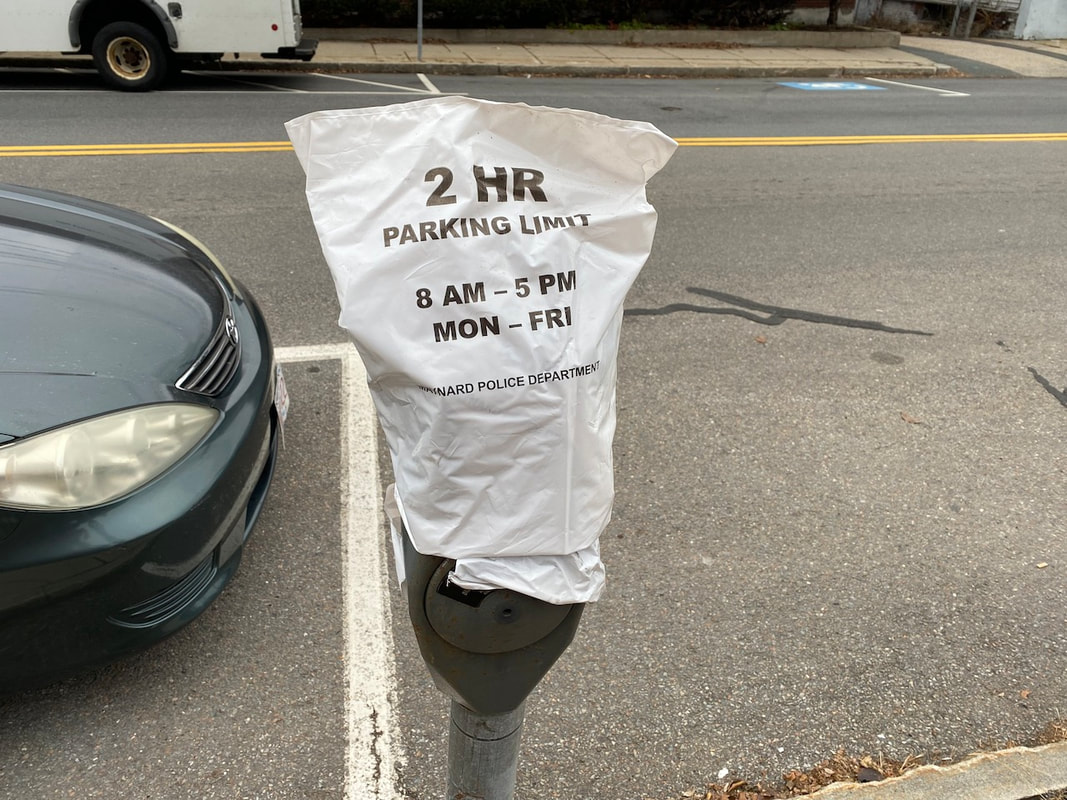
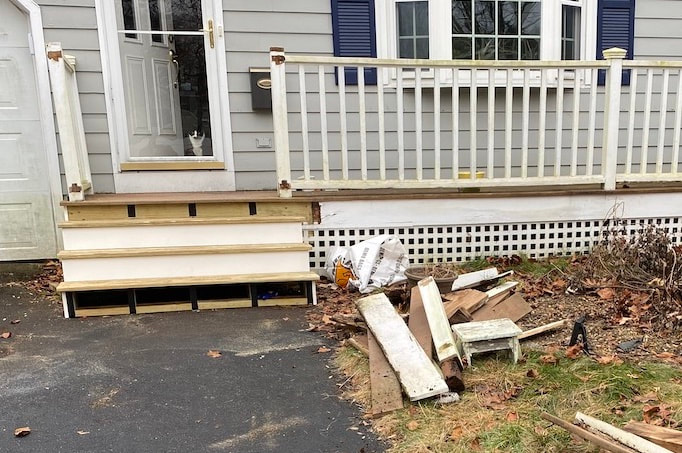
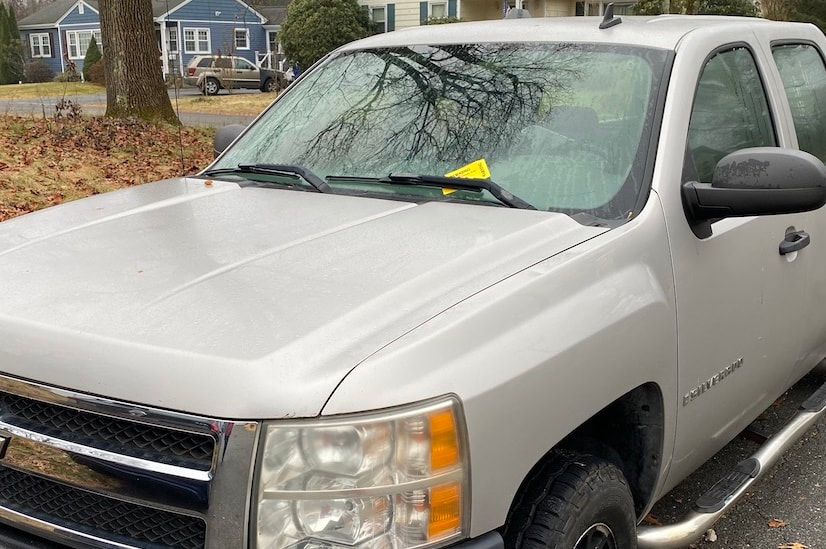
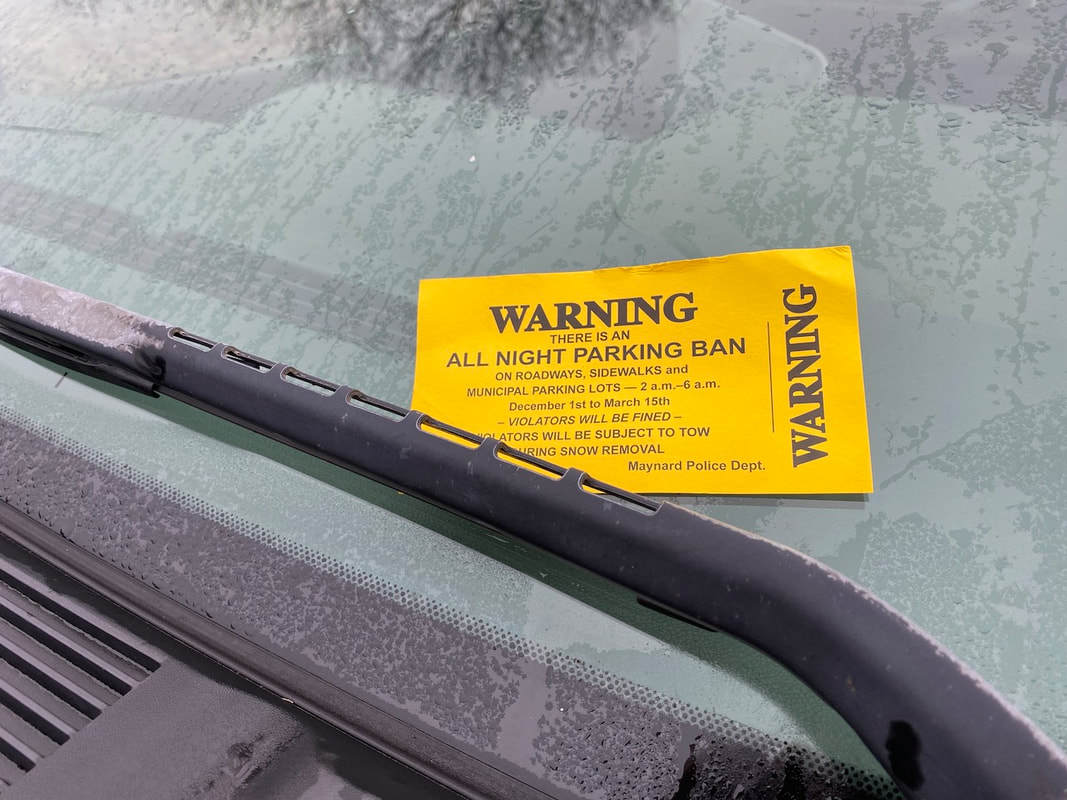
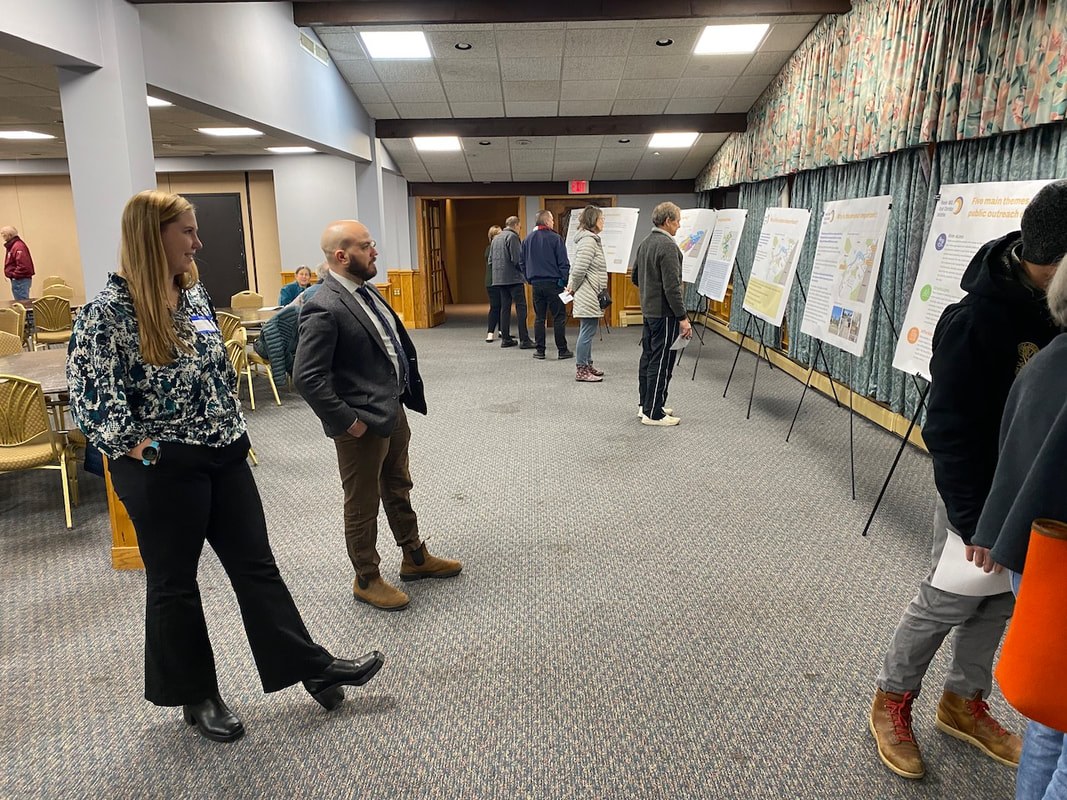
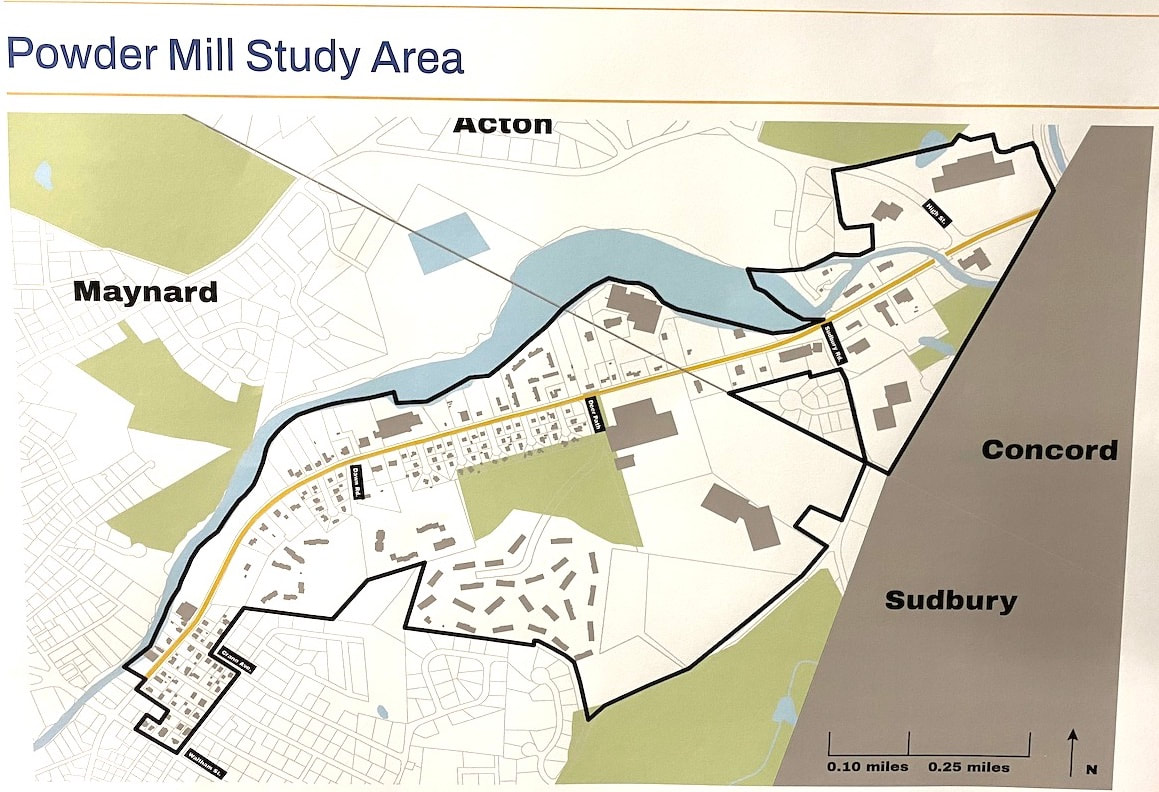
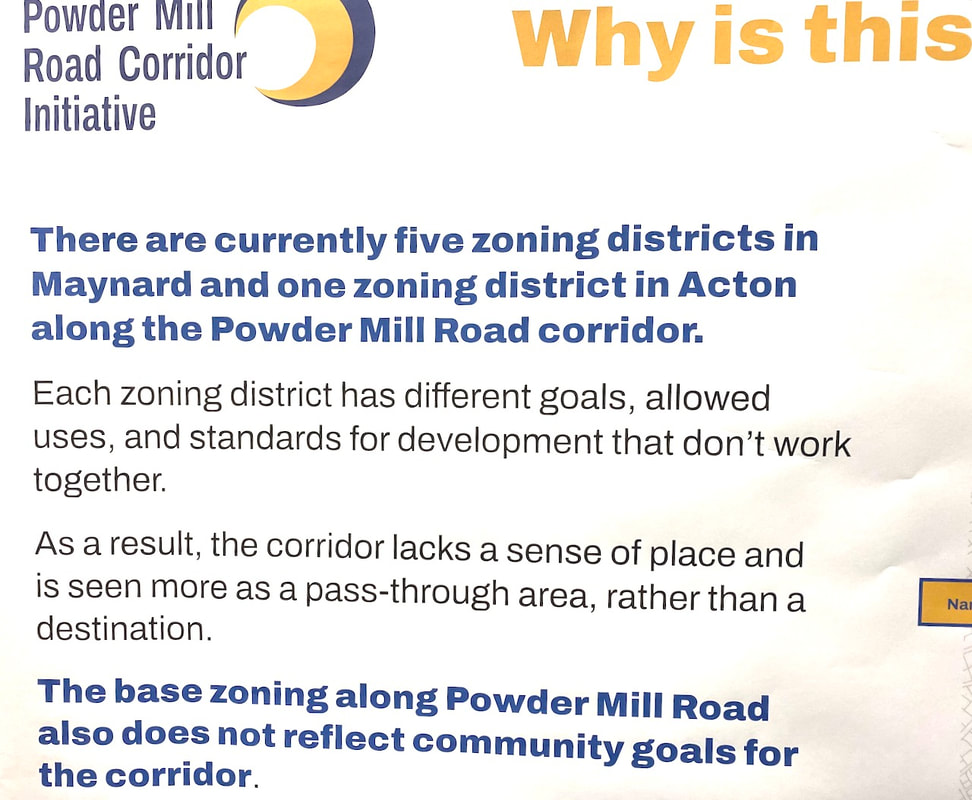
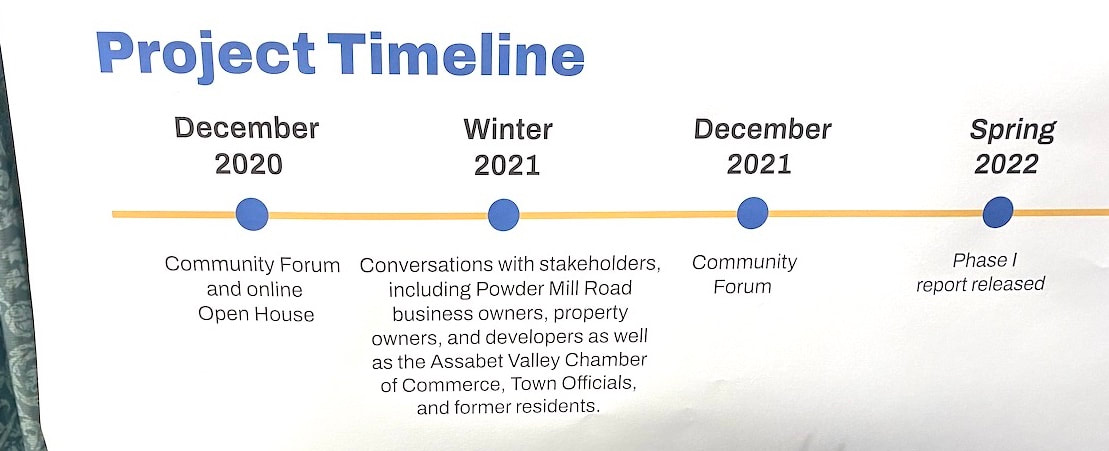

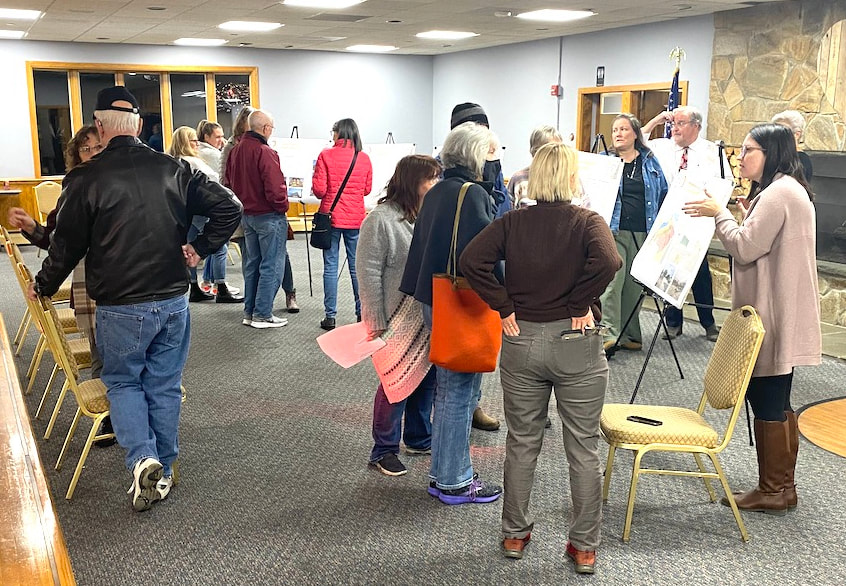
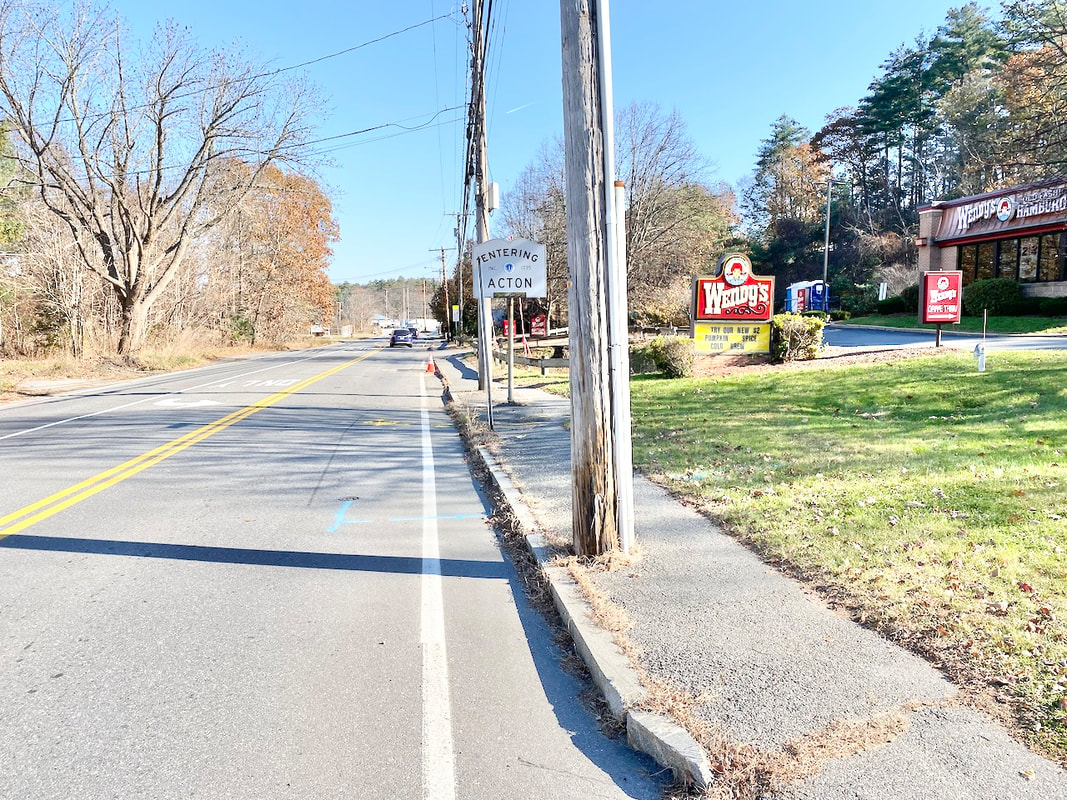
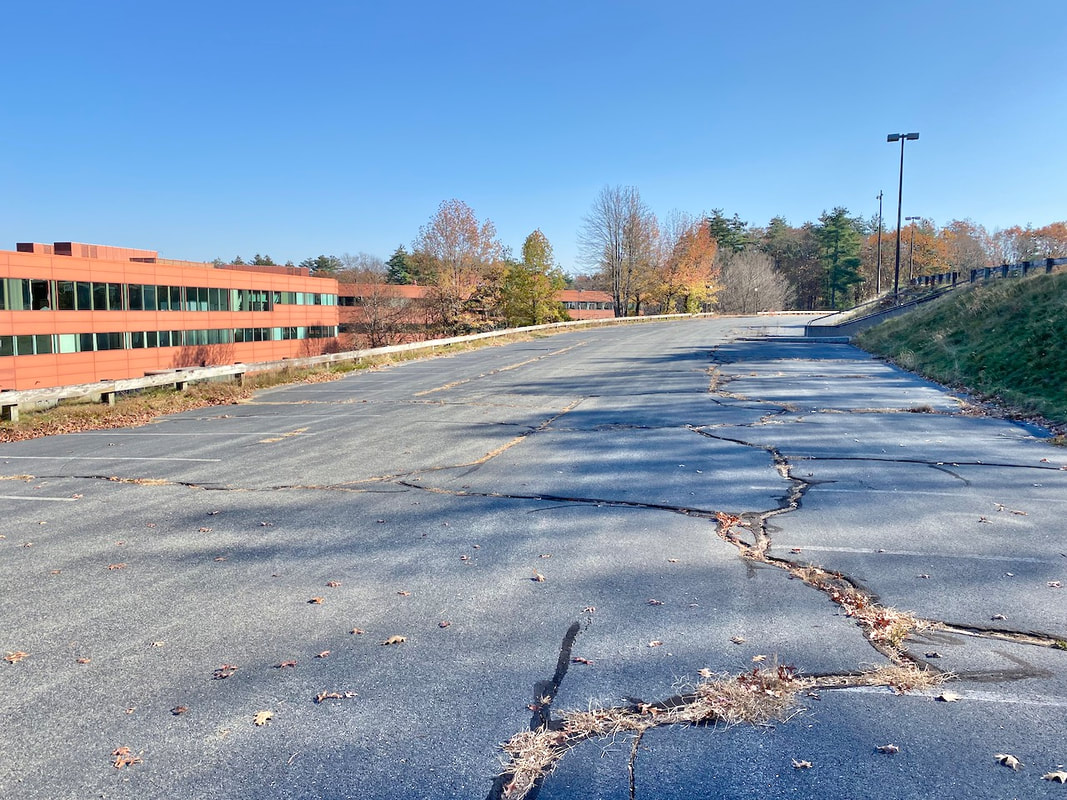
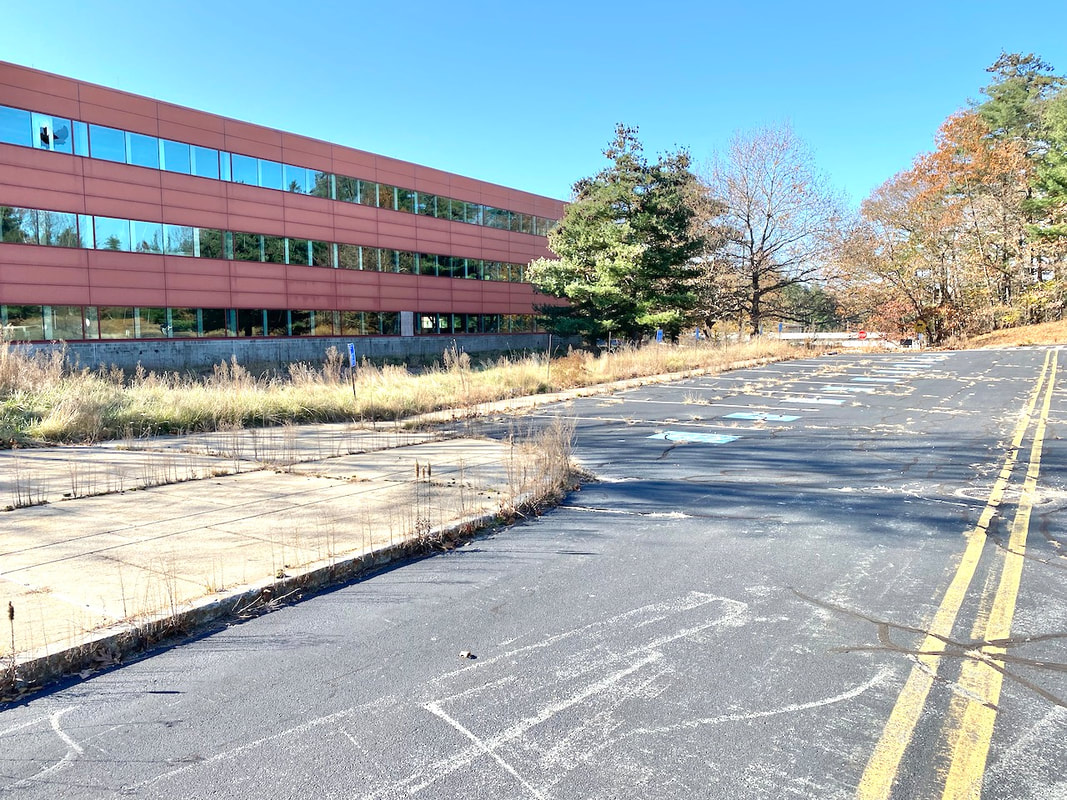
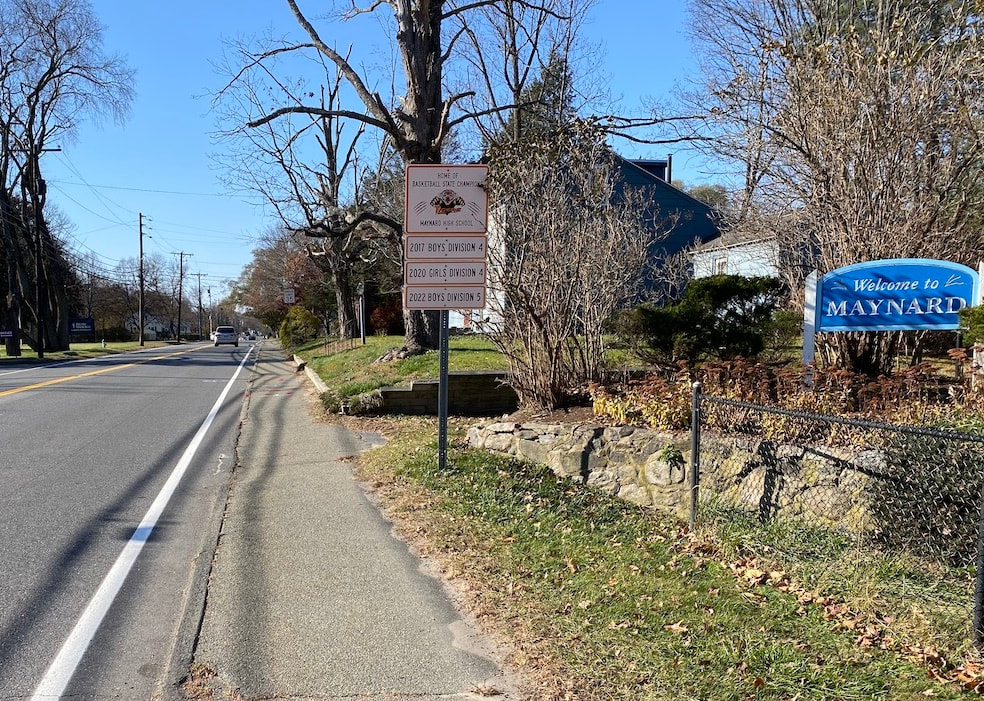
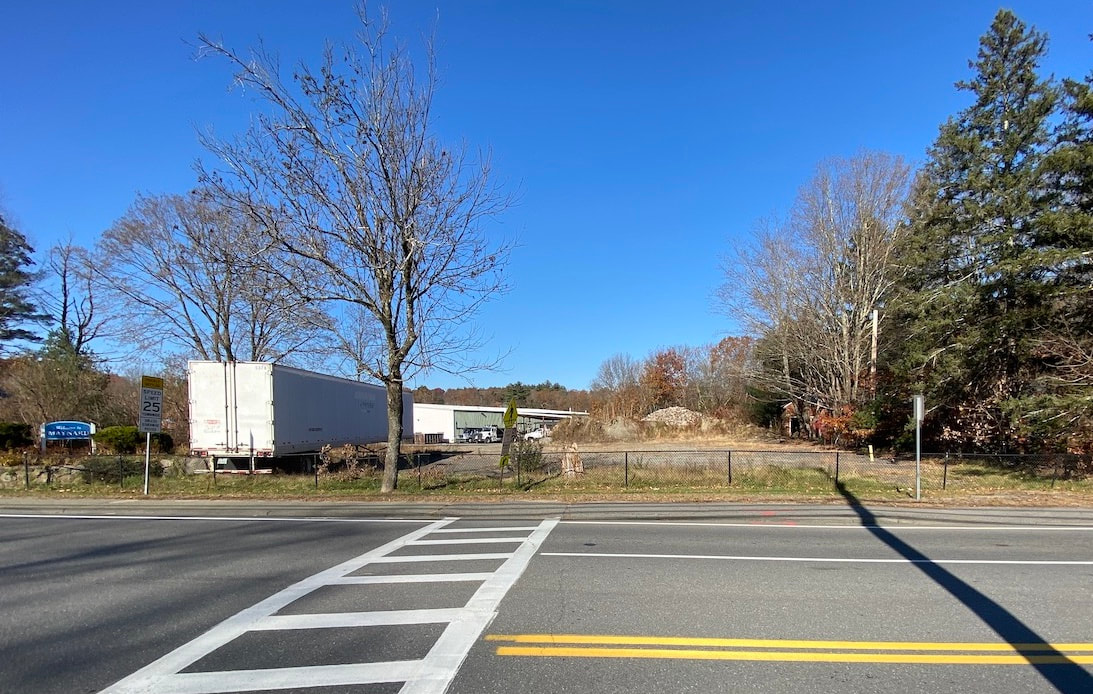
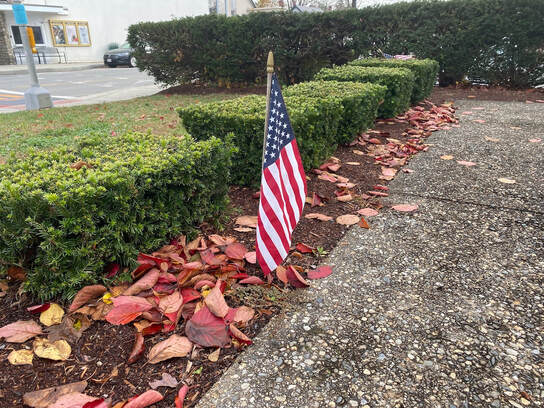
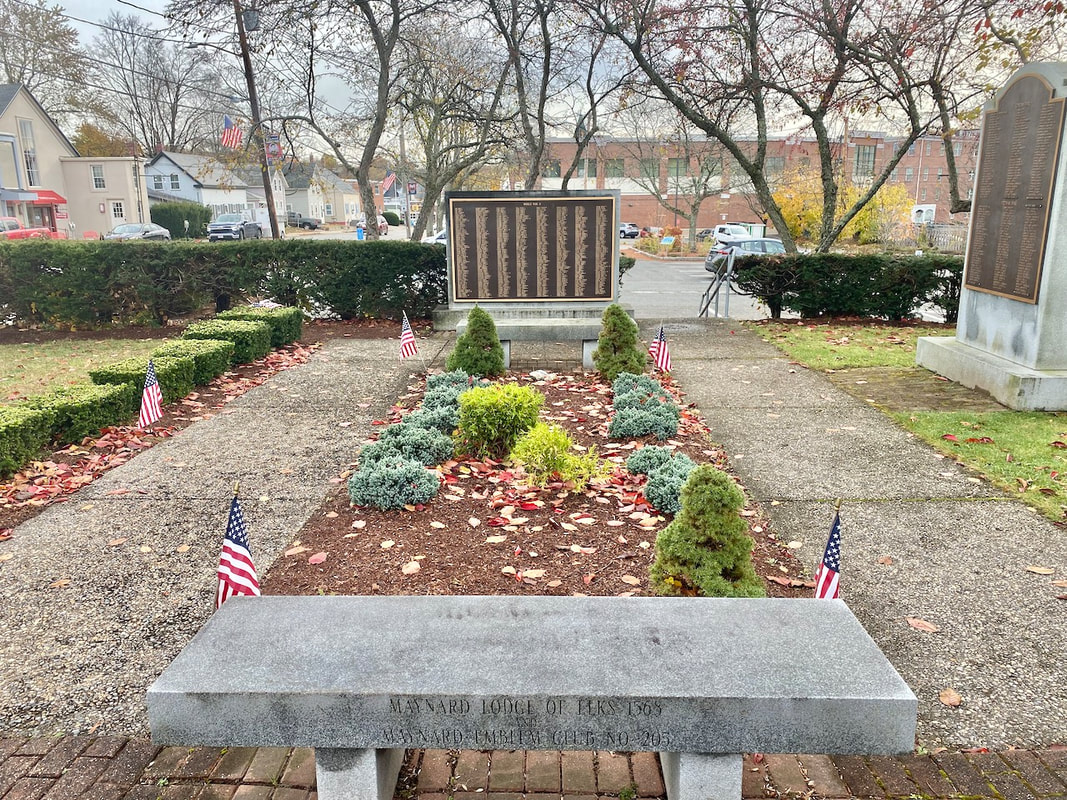
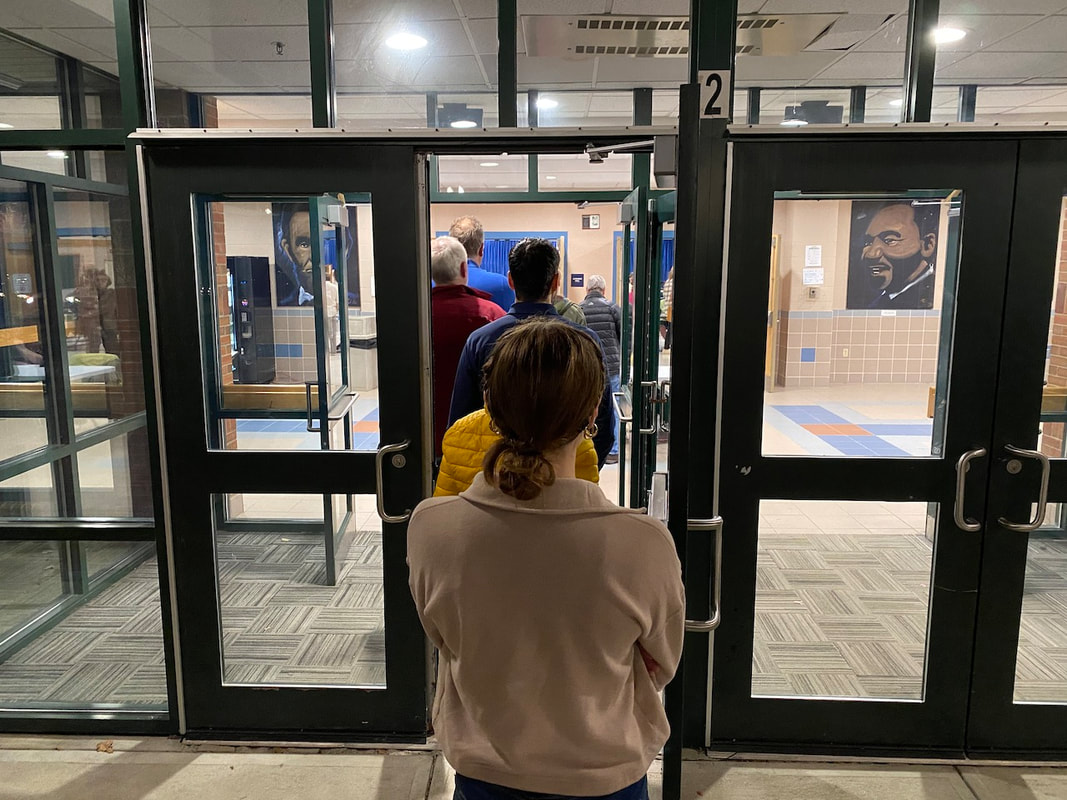
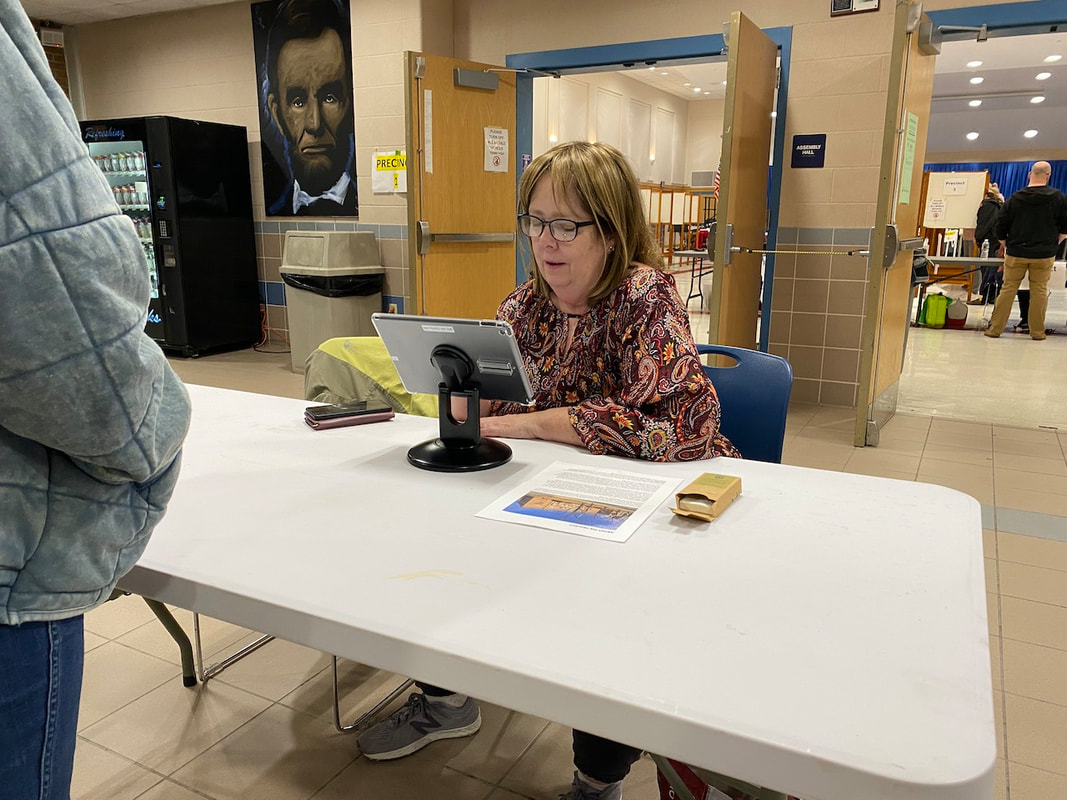
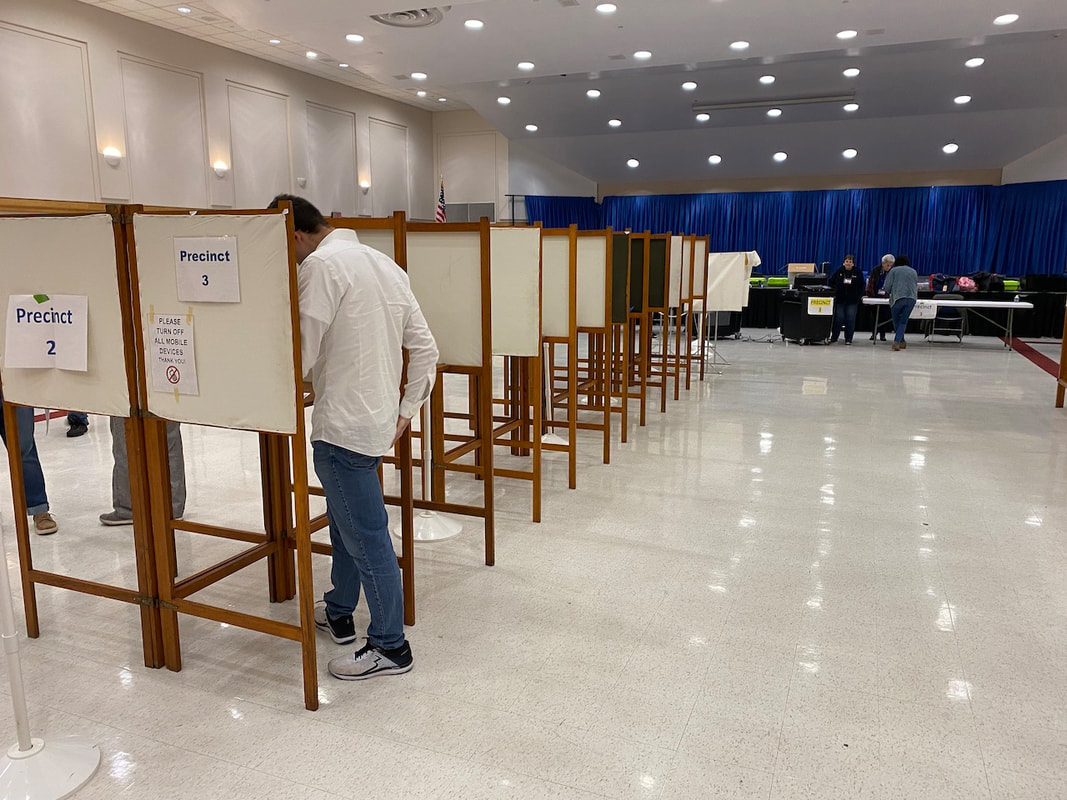

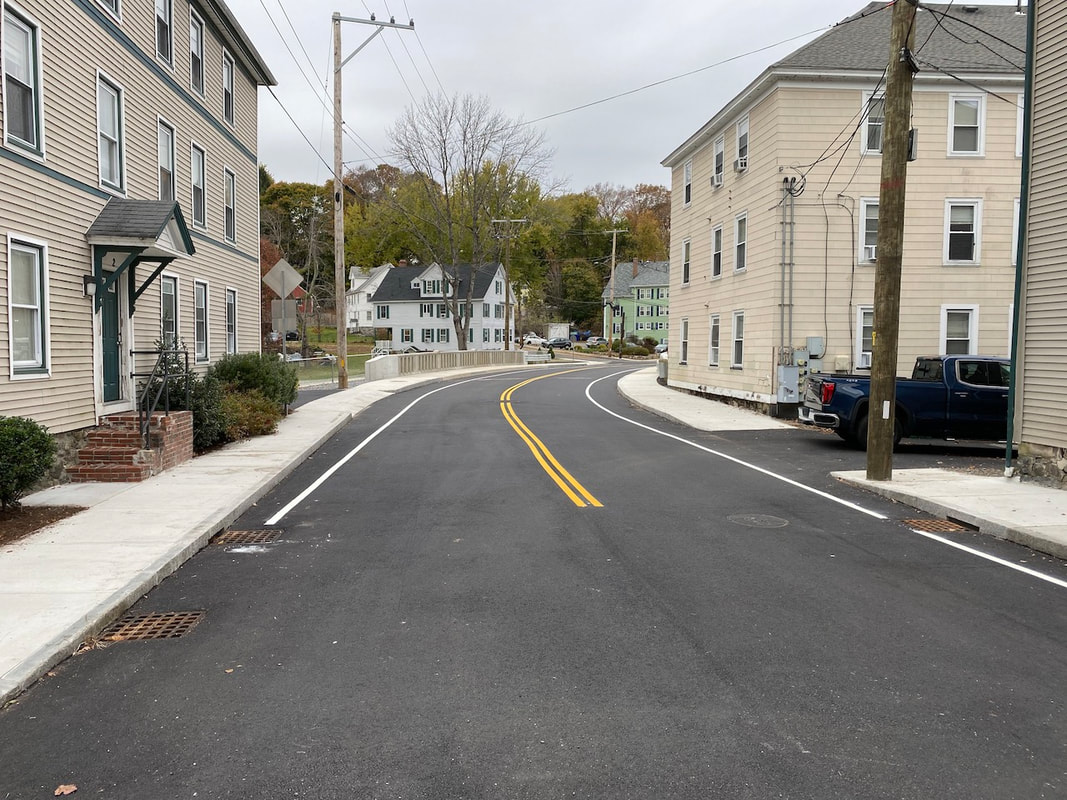
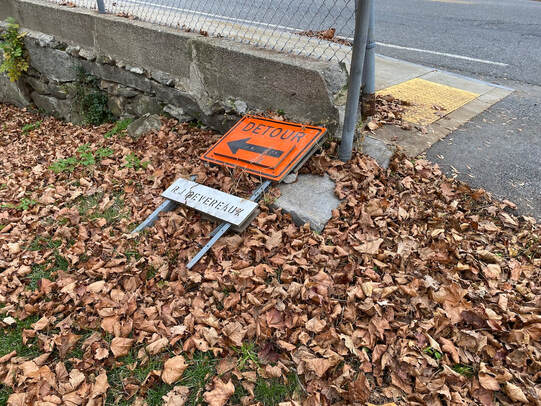
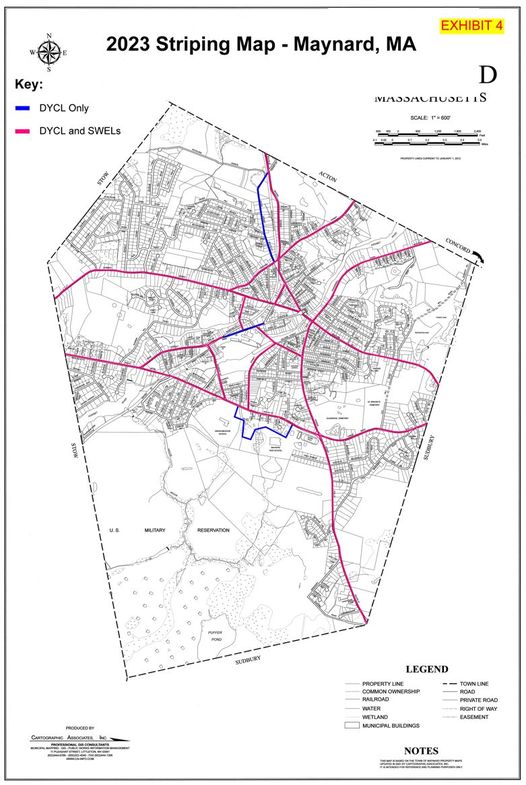
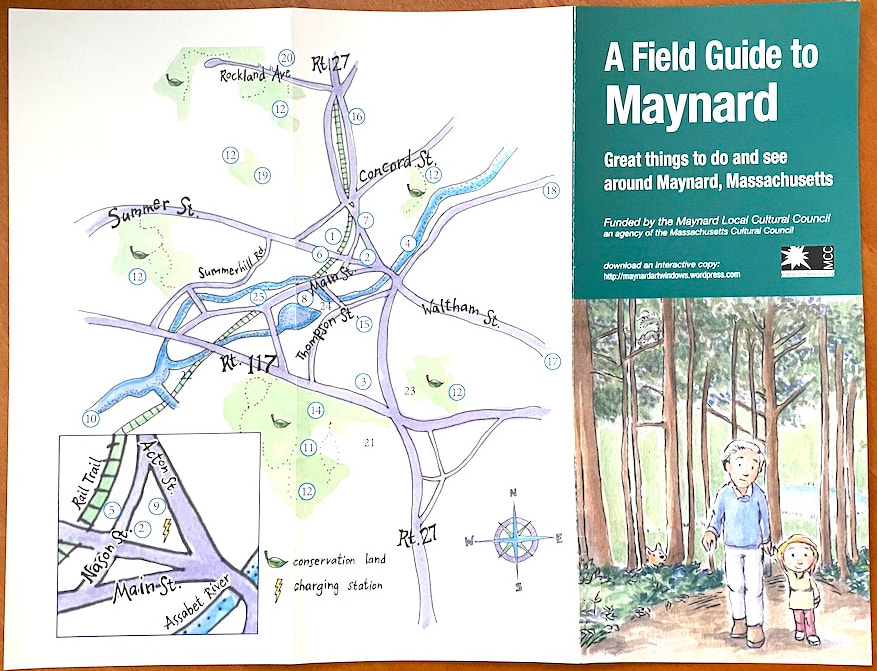
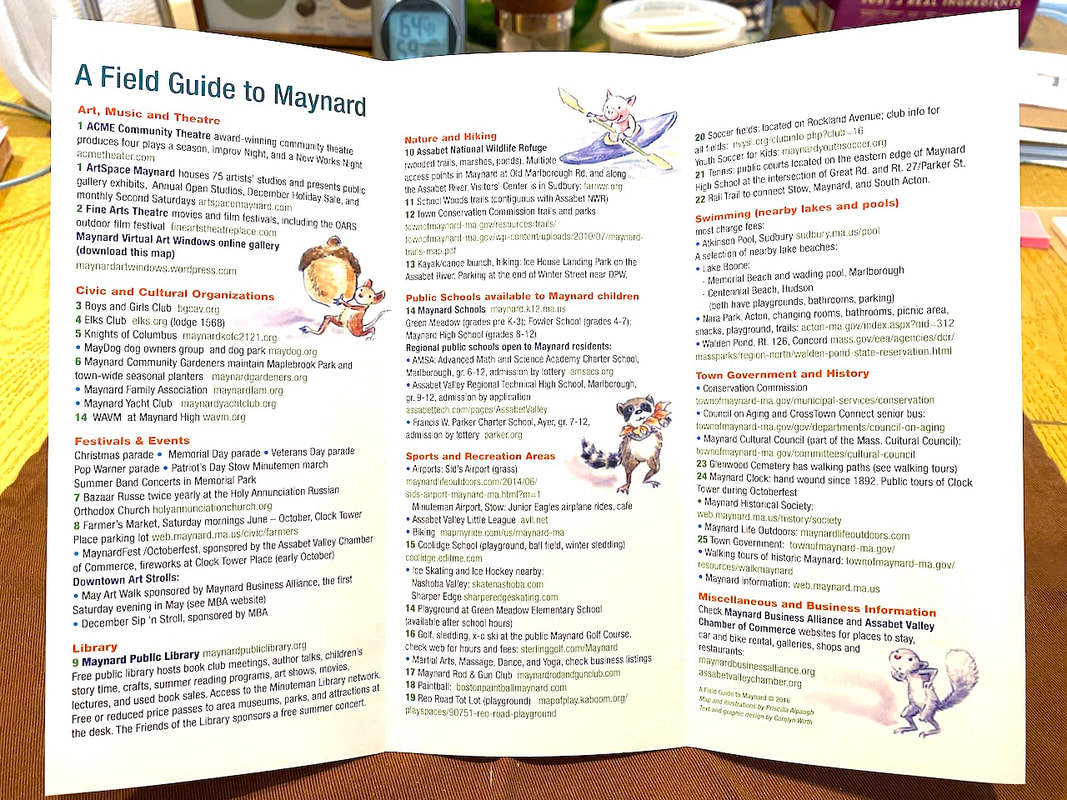

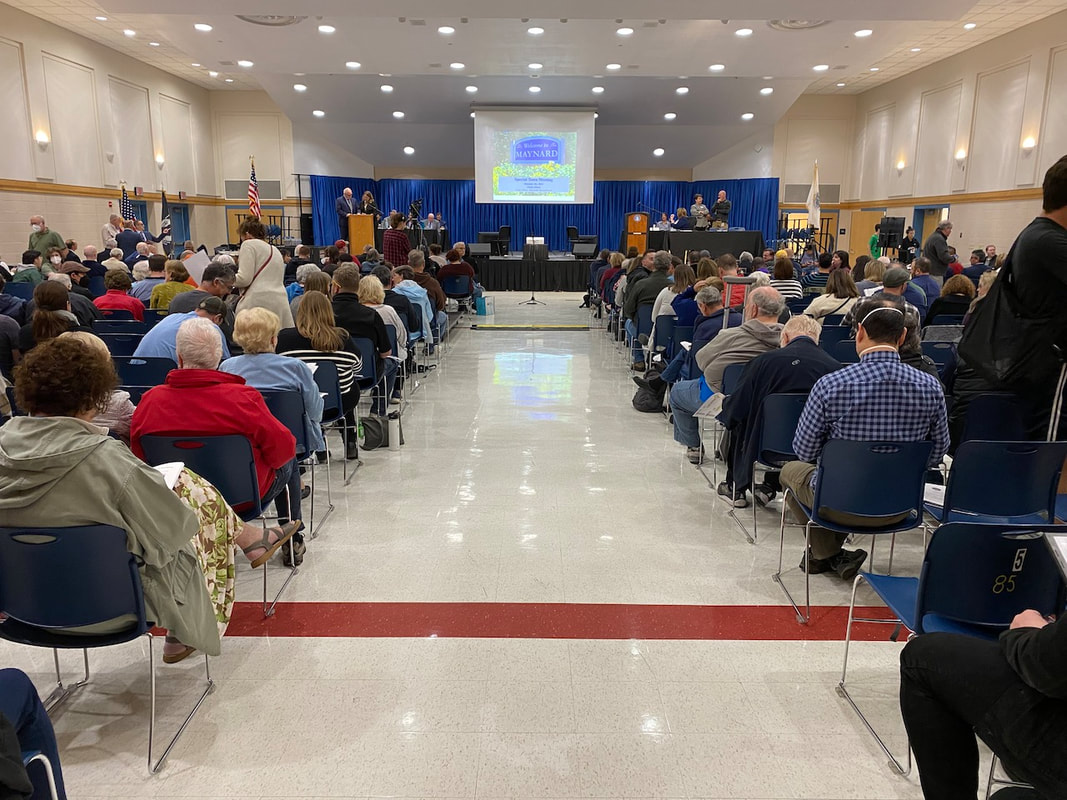




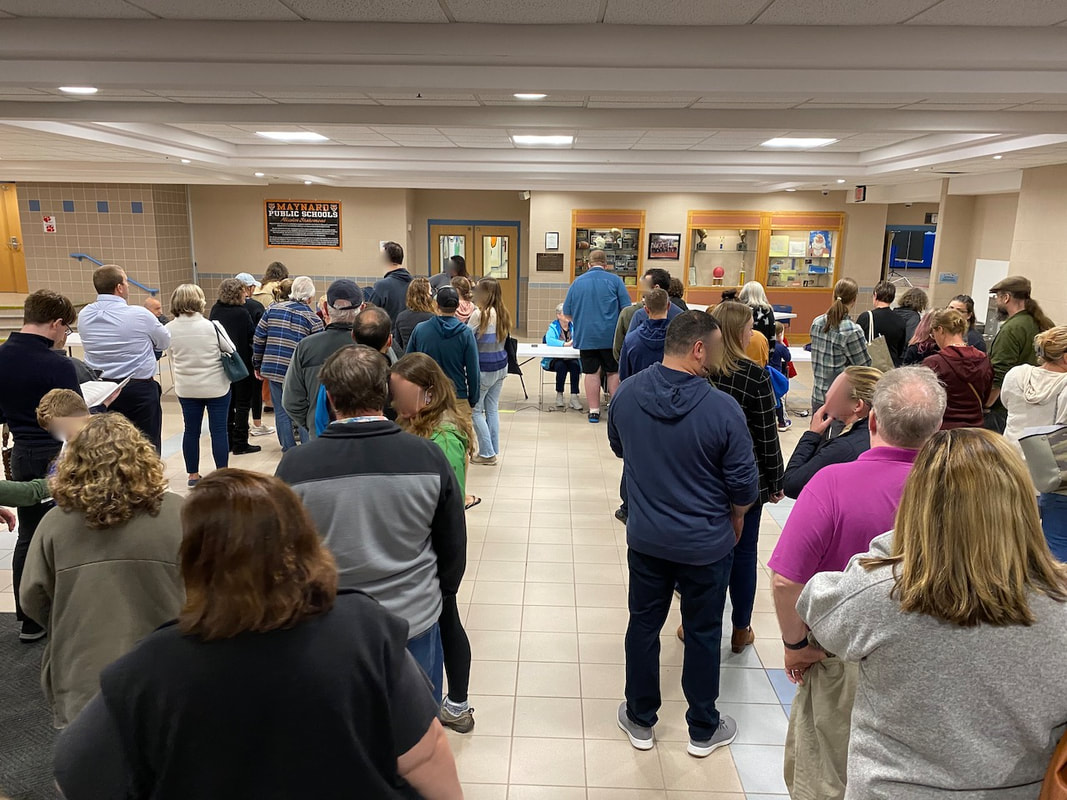
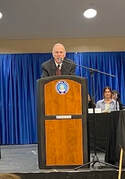
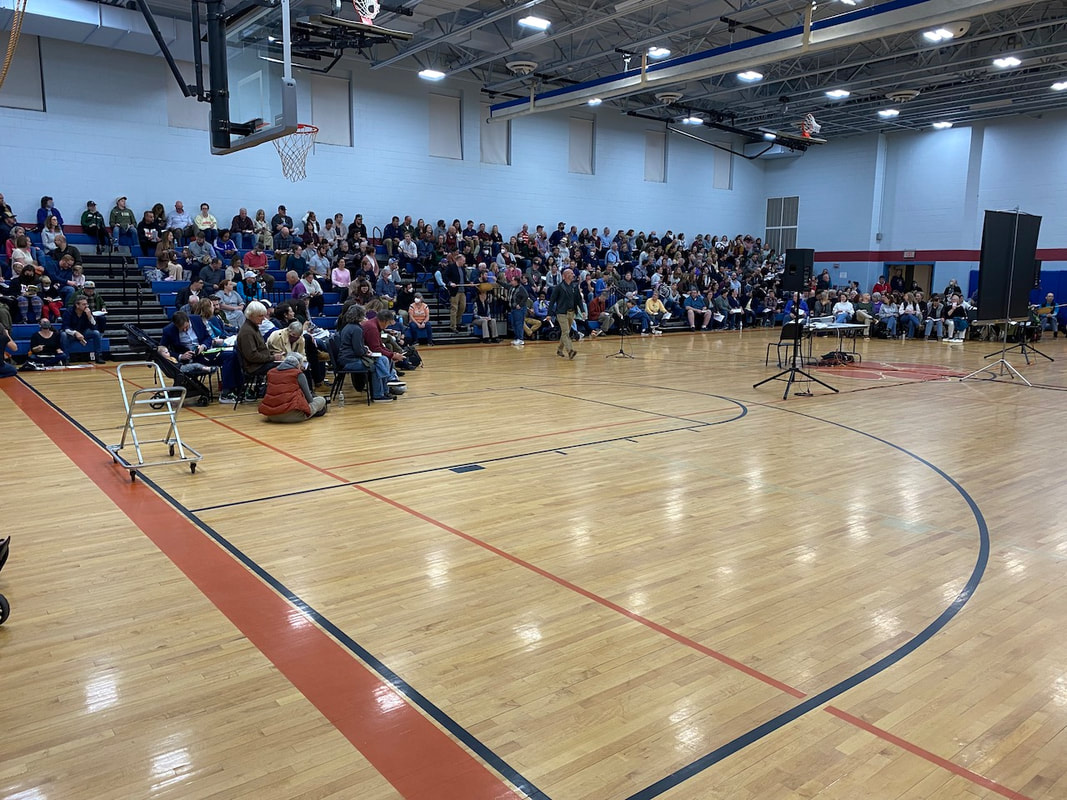
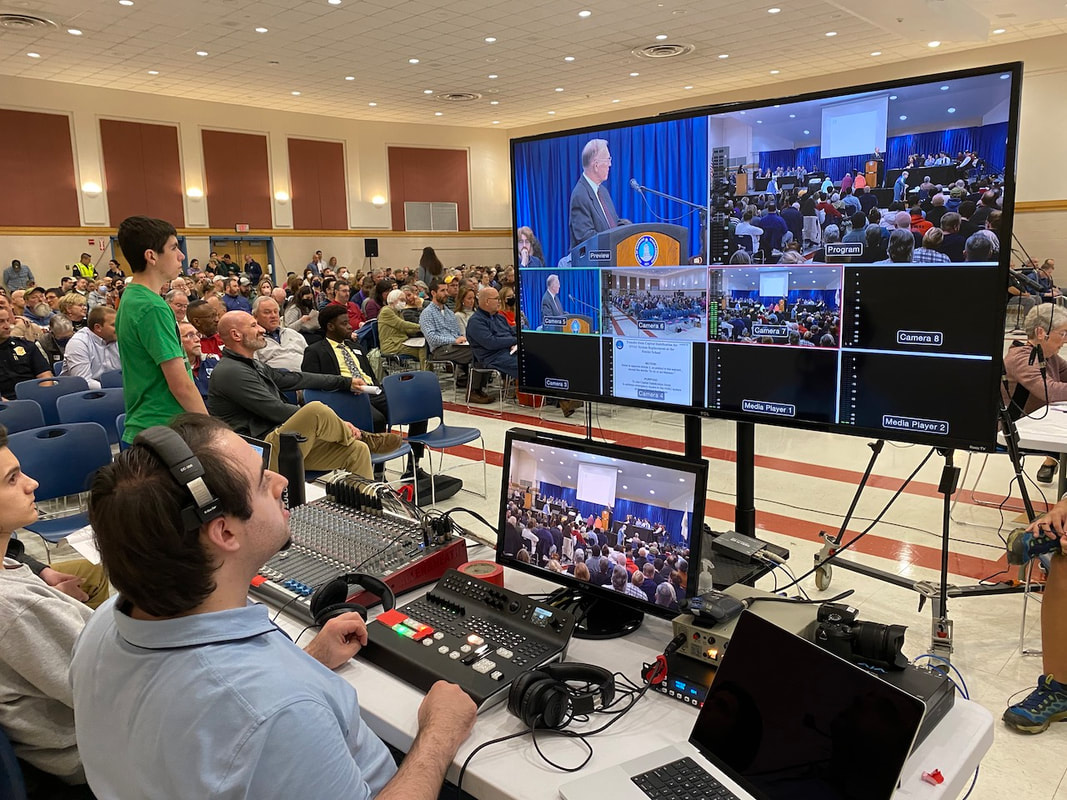
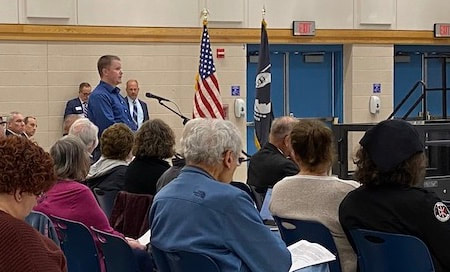
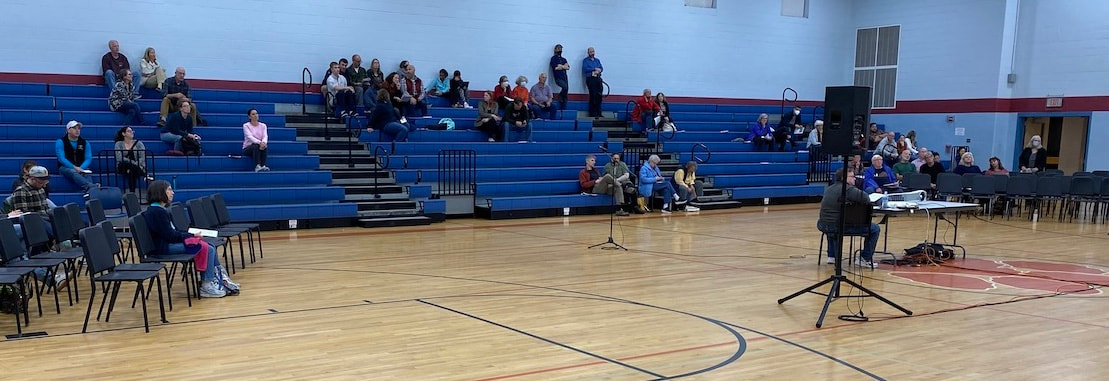
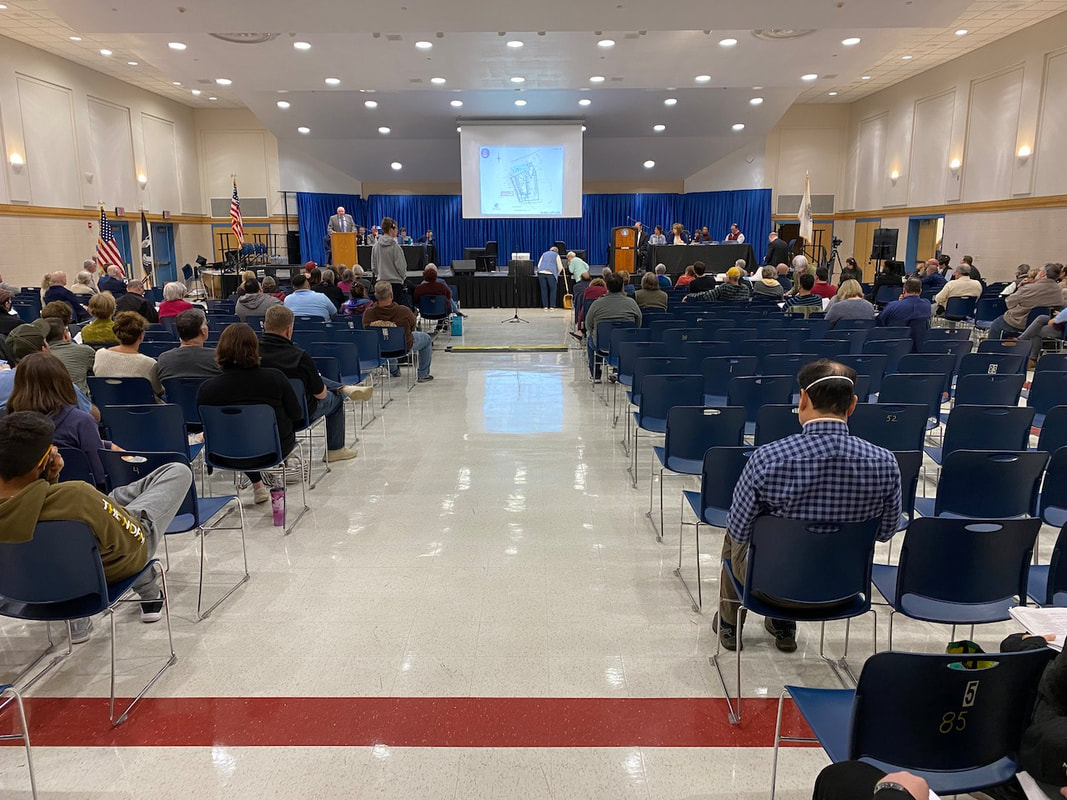
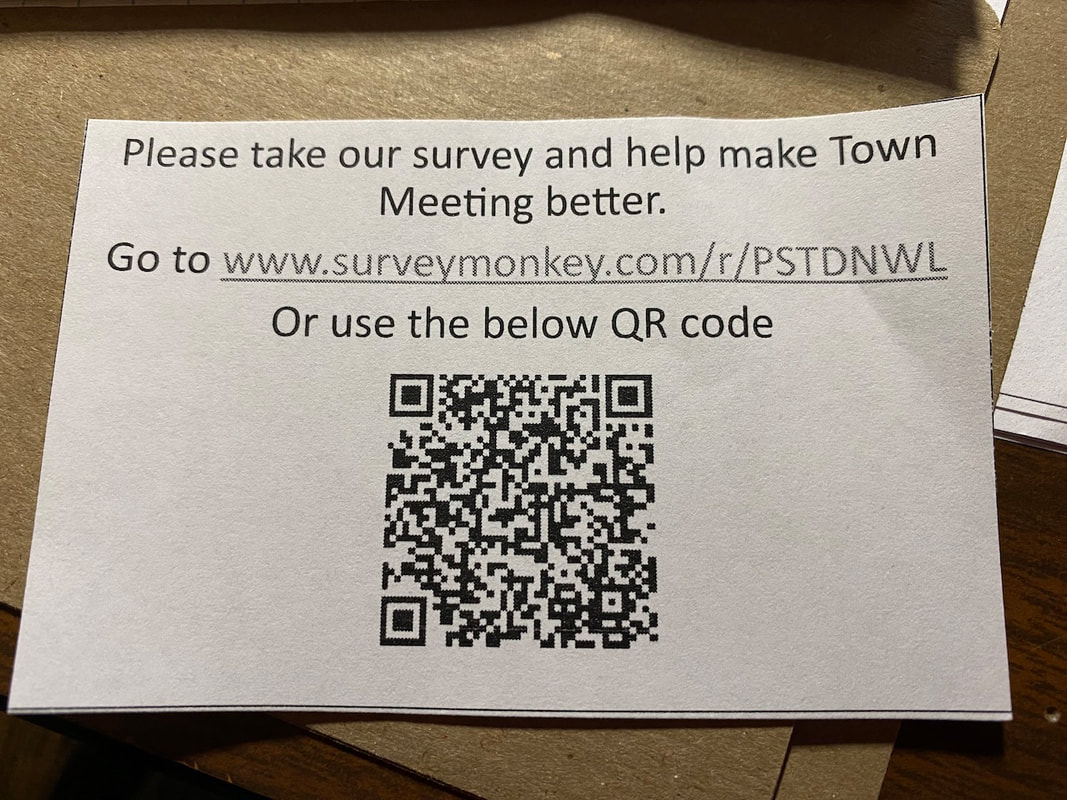
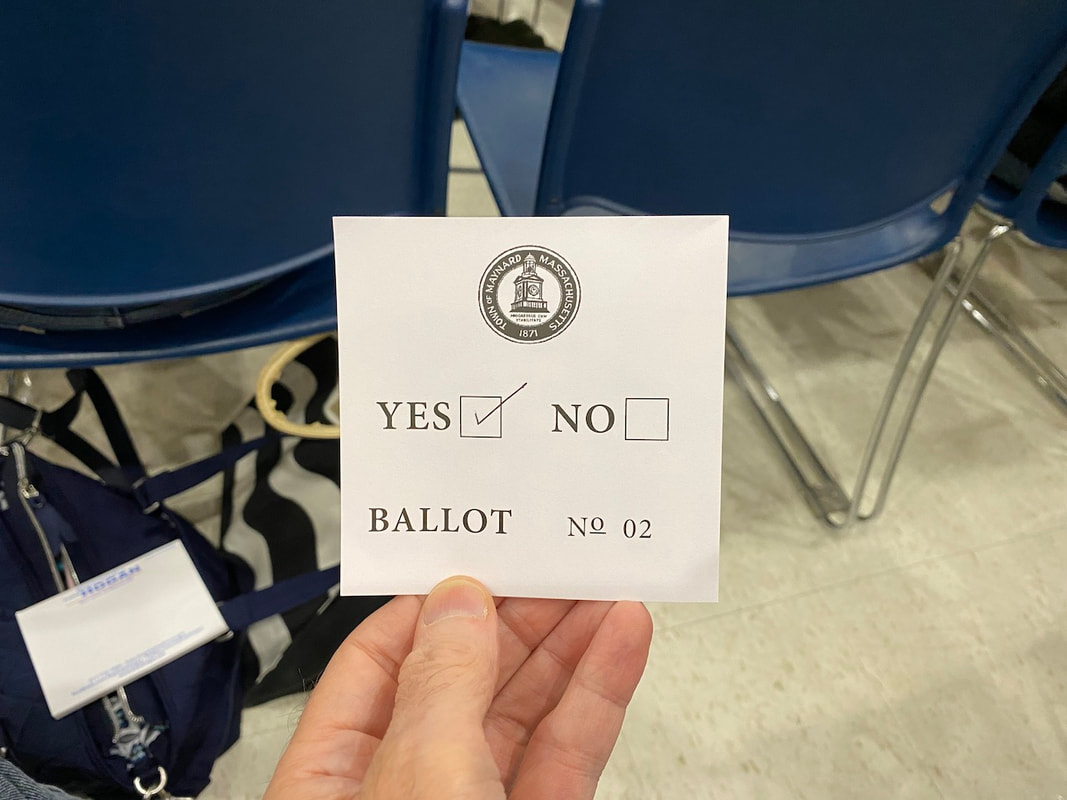
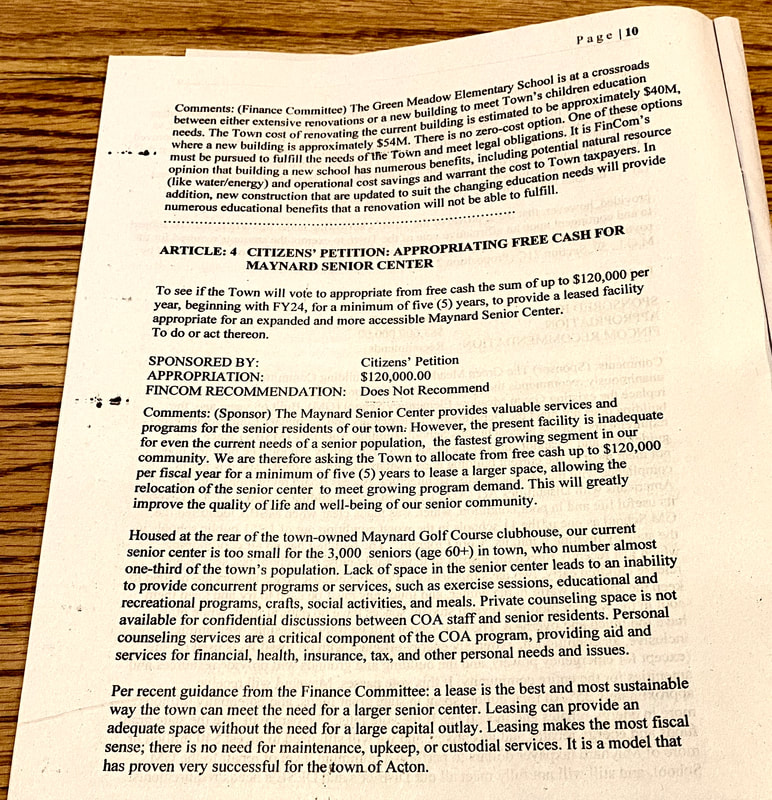

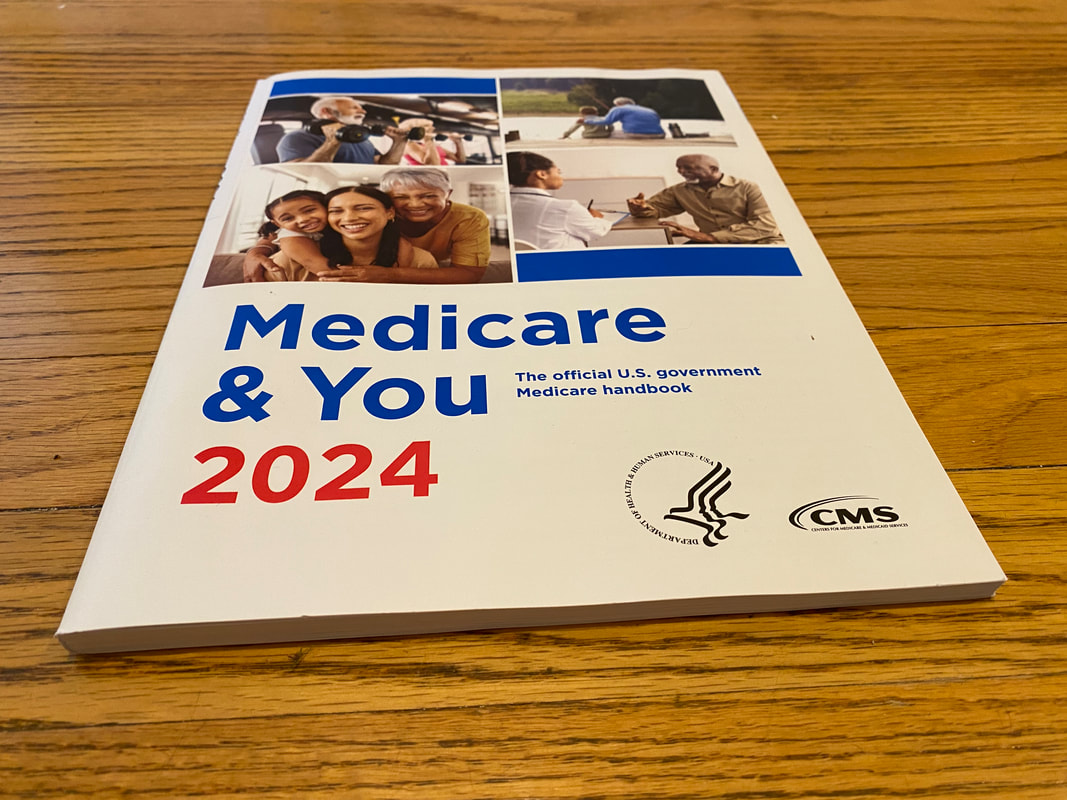

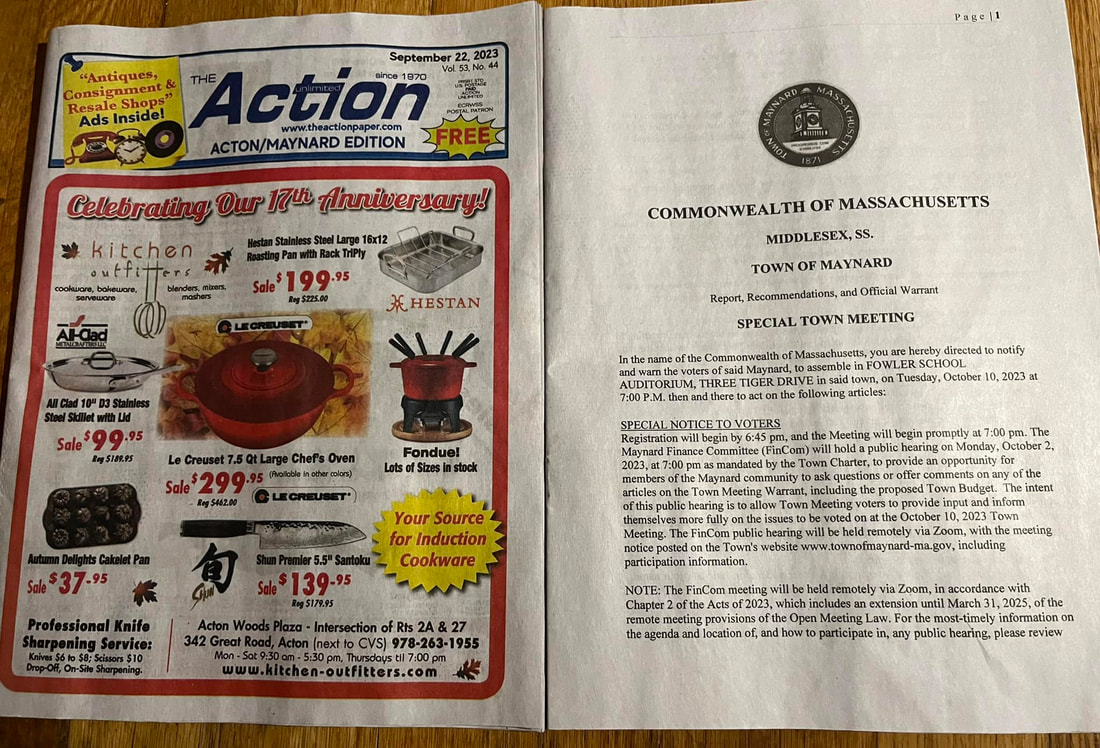
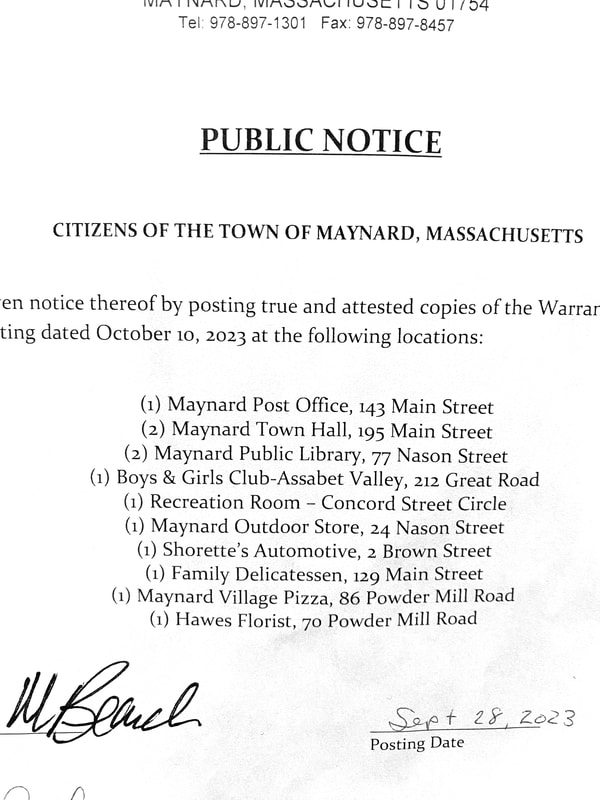
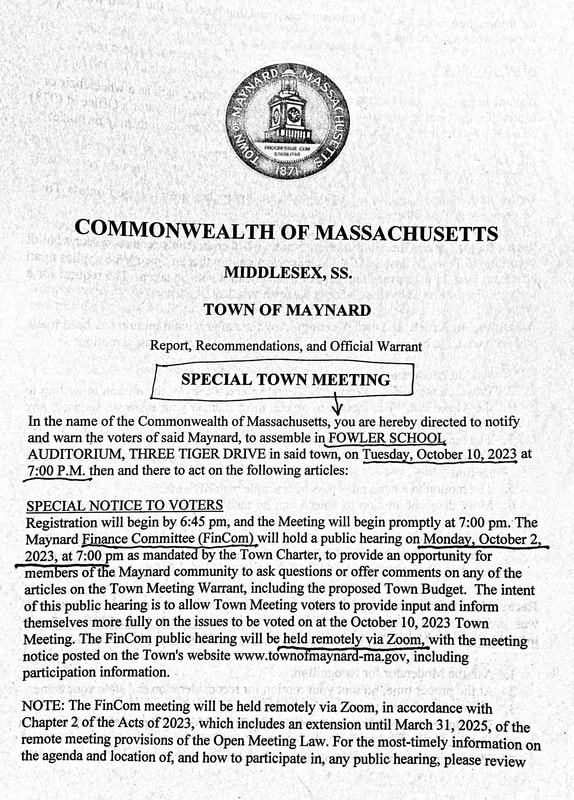
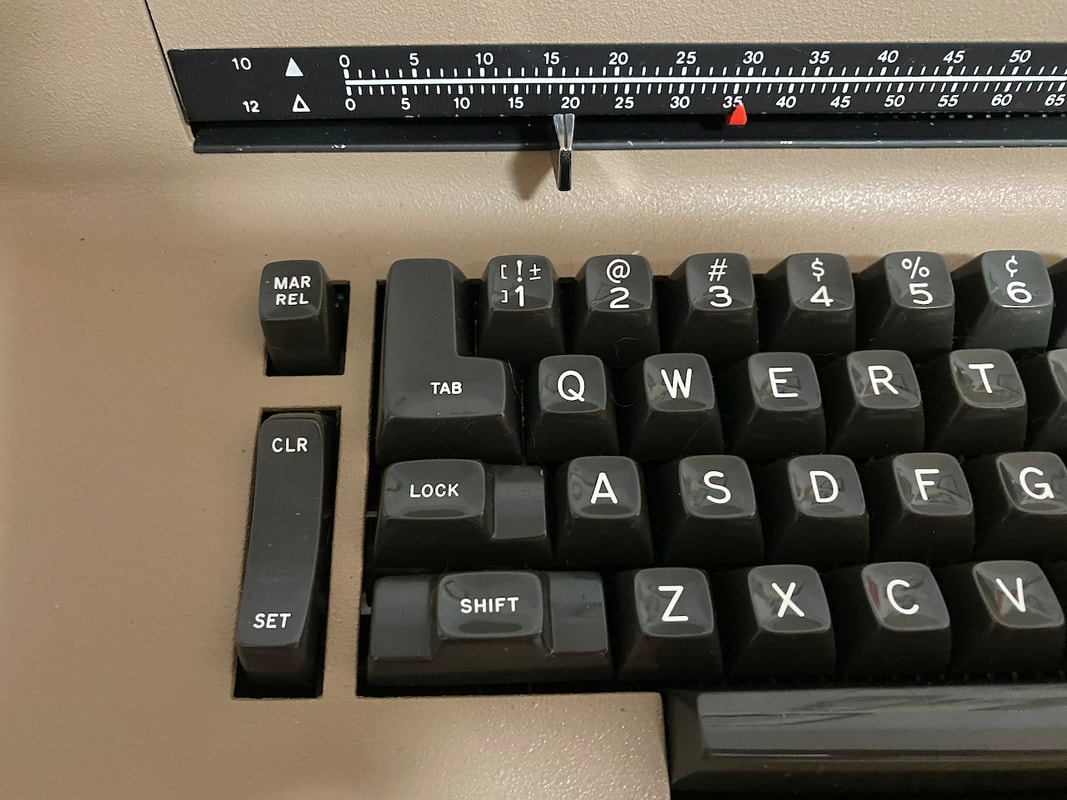
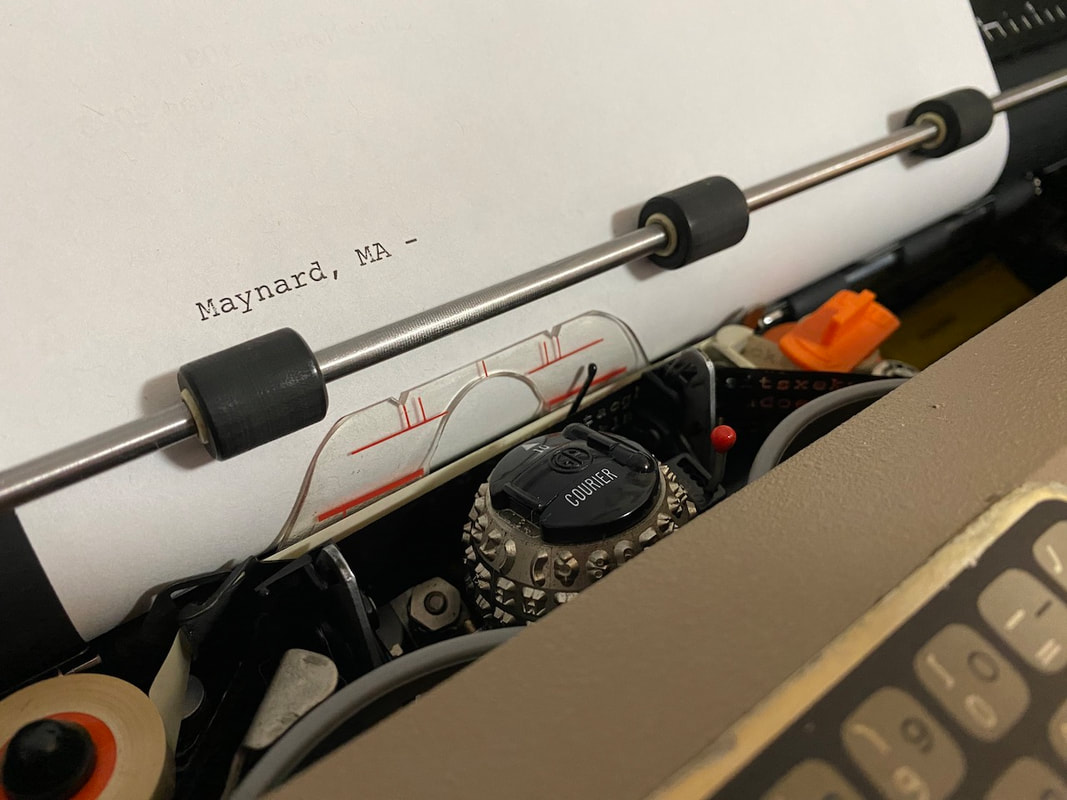


 RSS Feed
RSS Feed